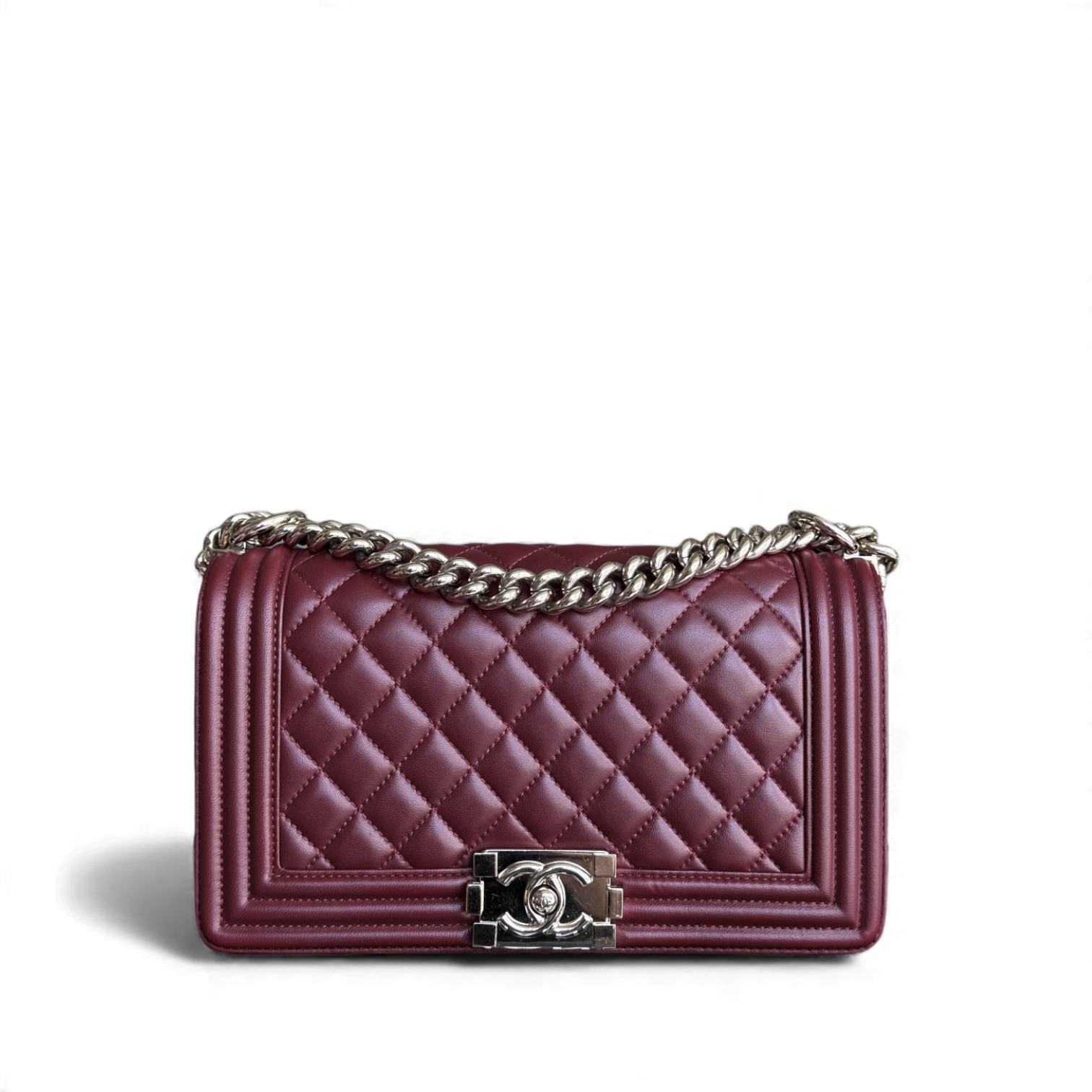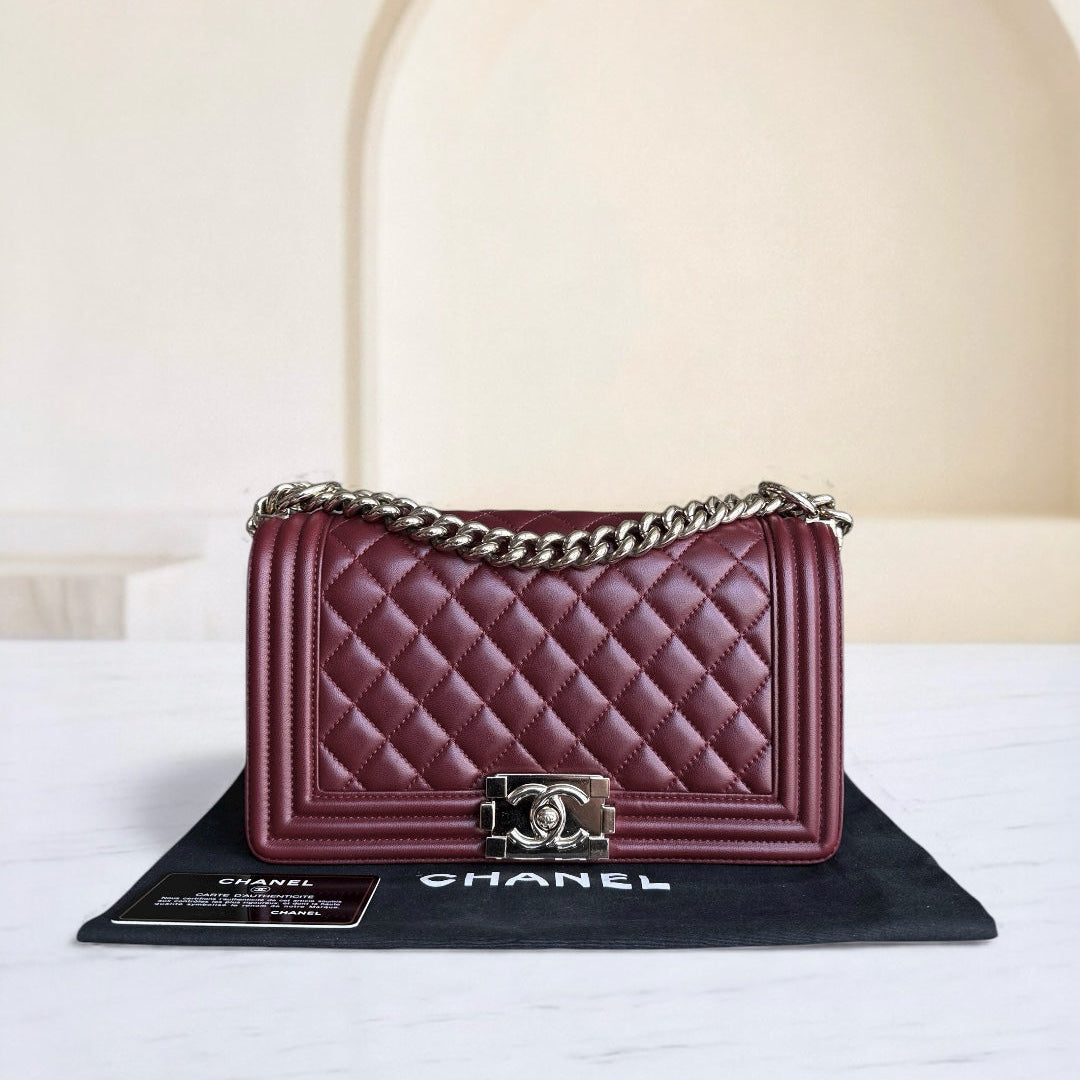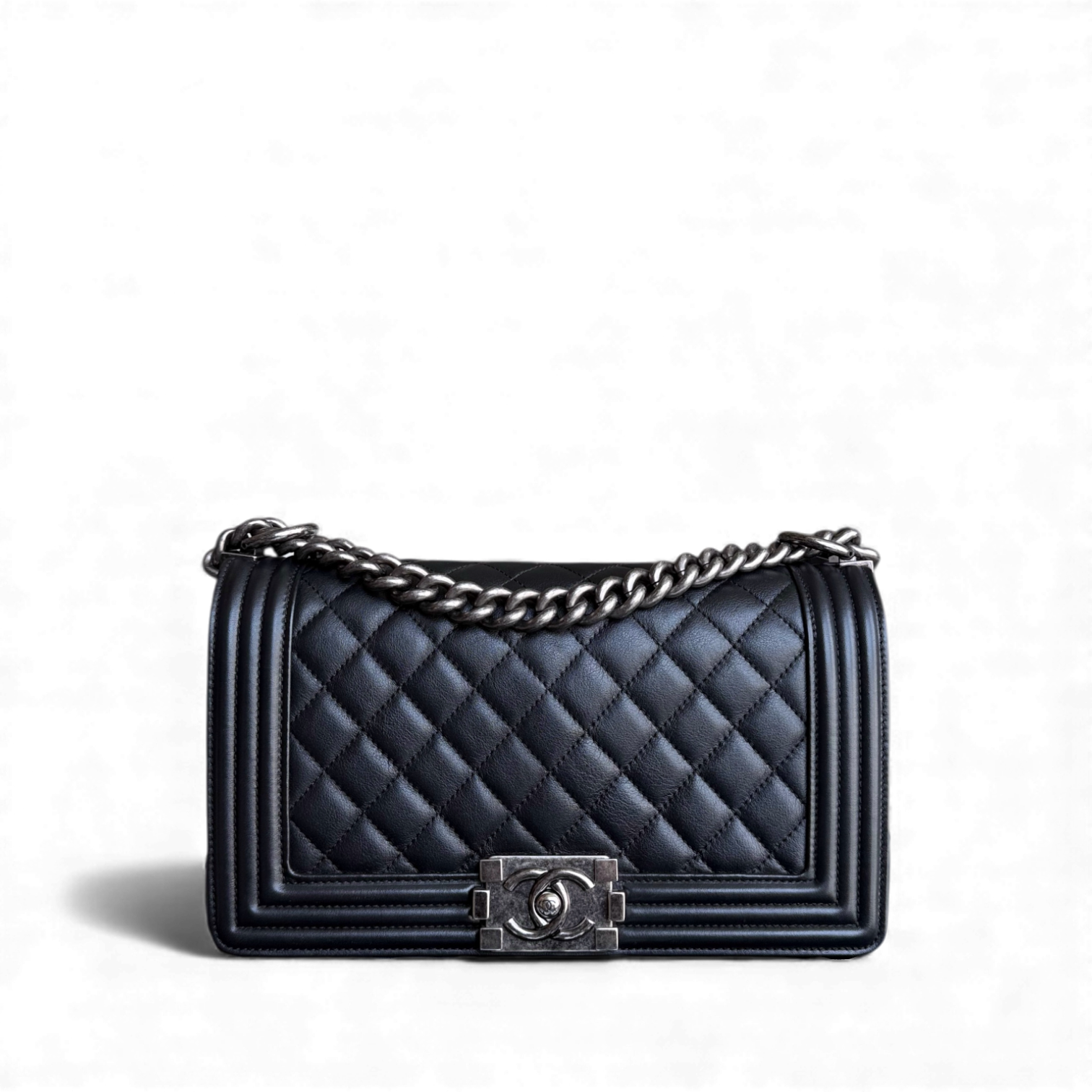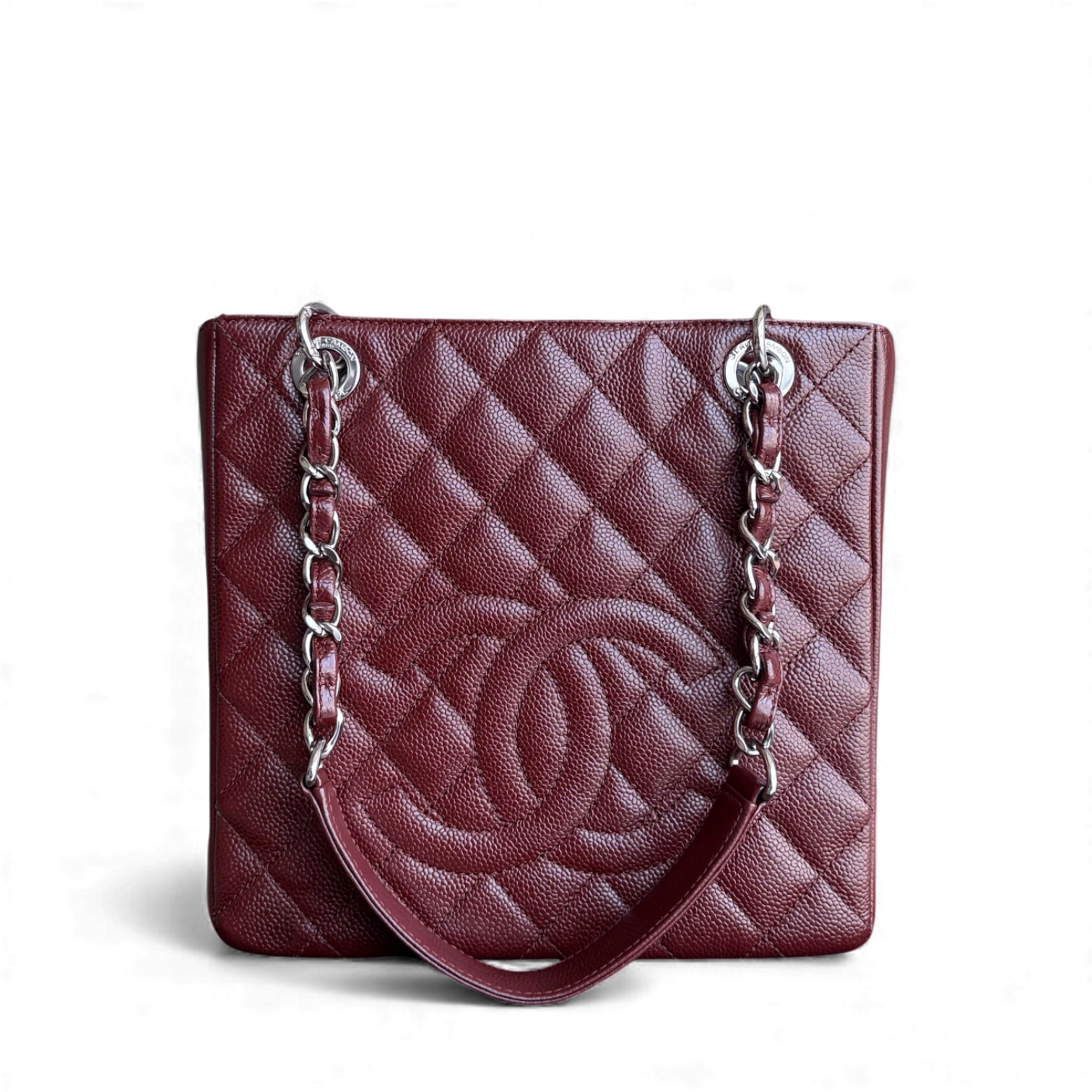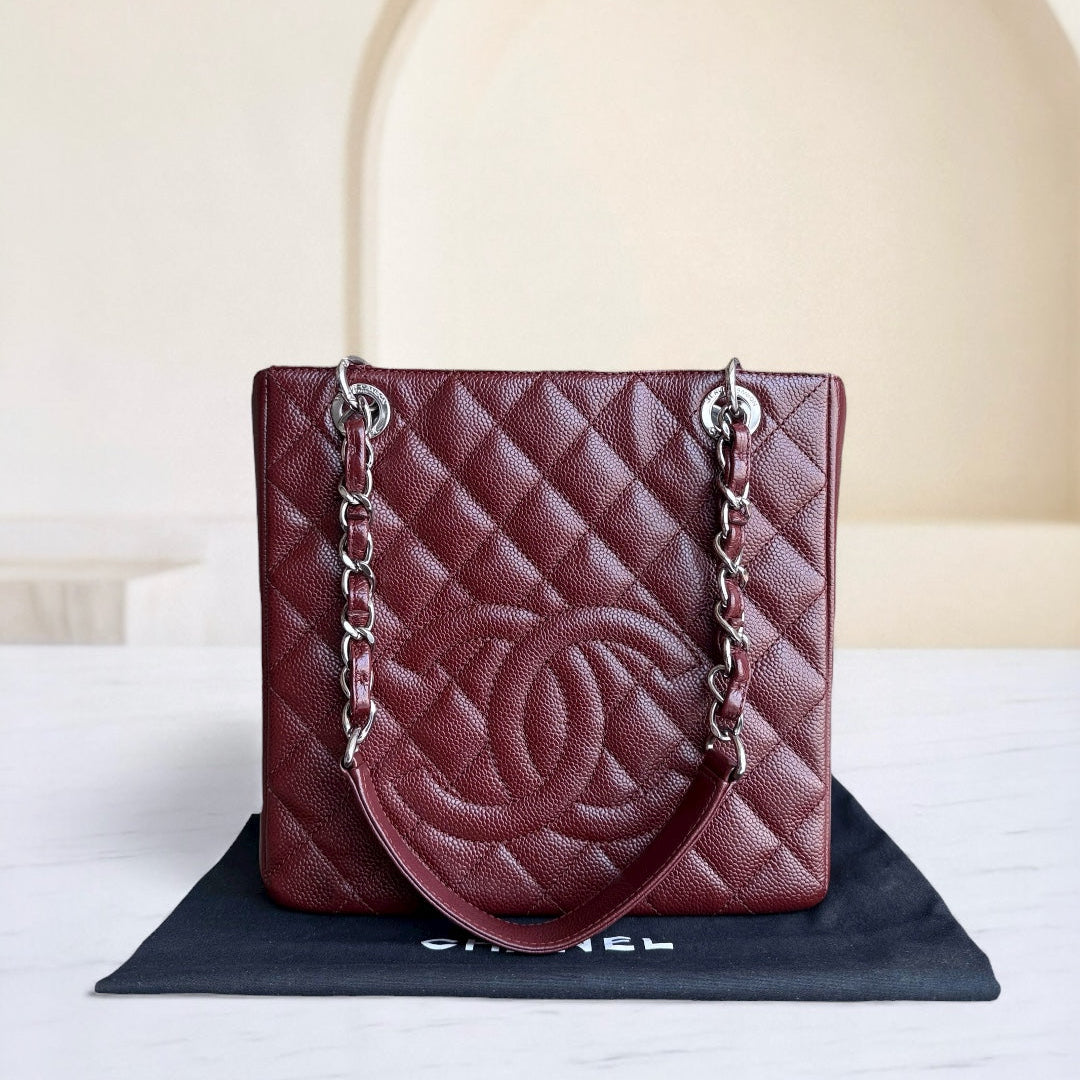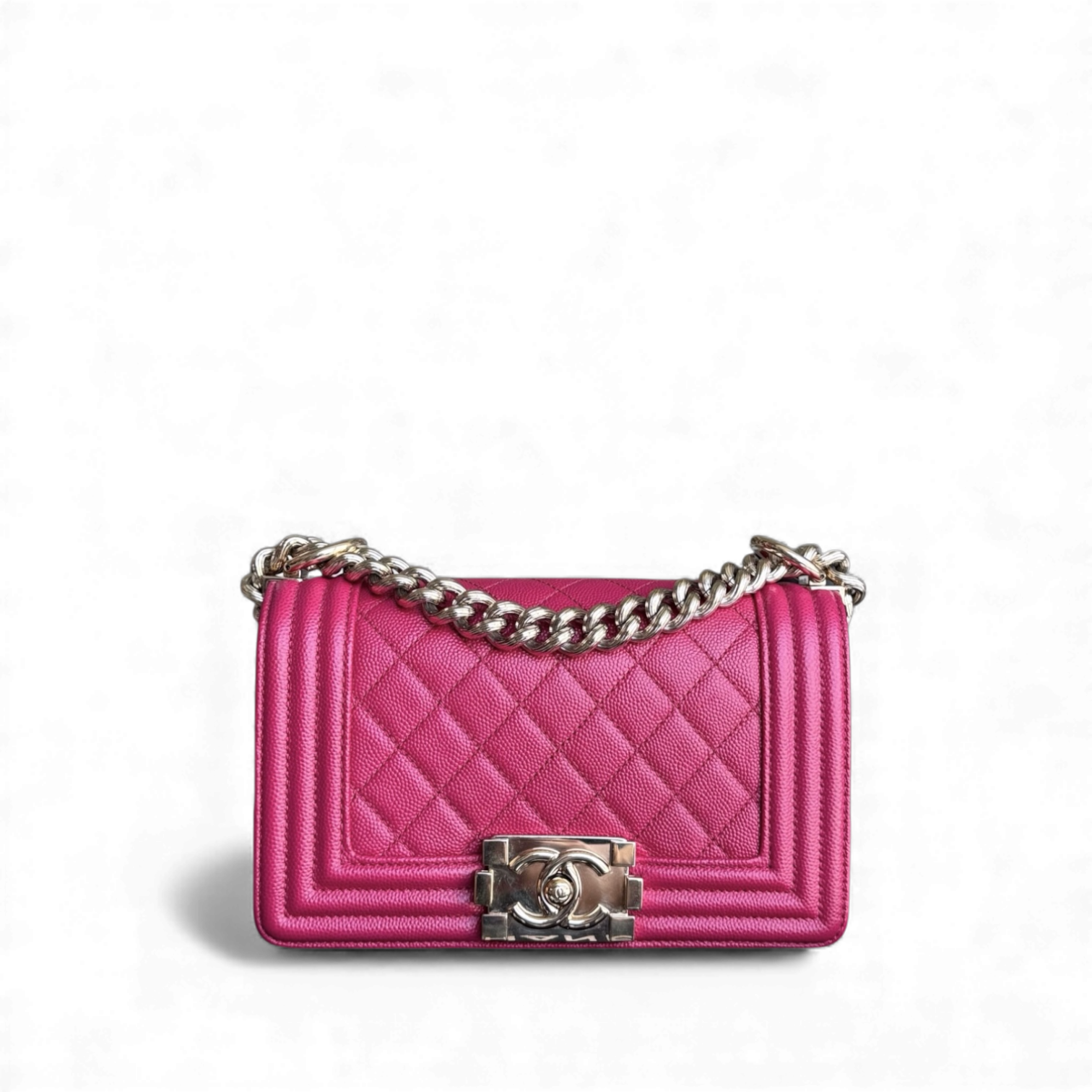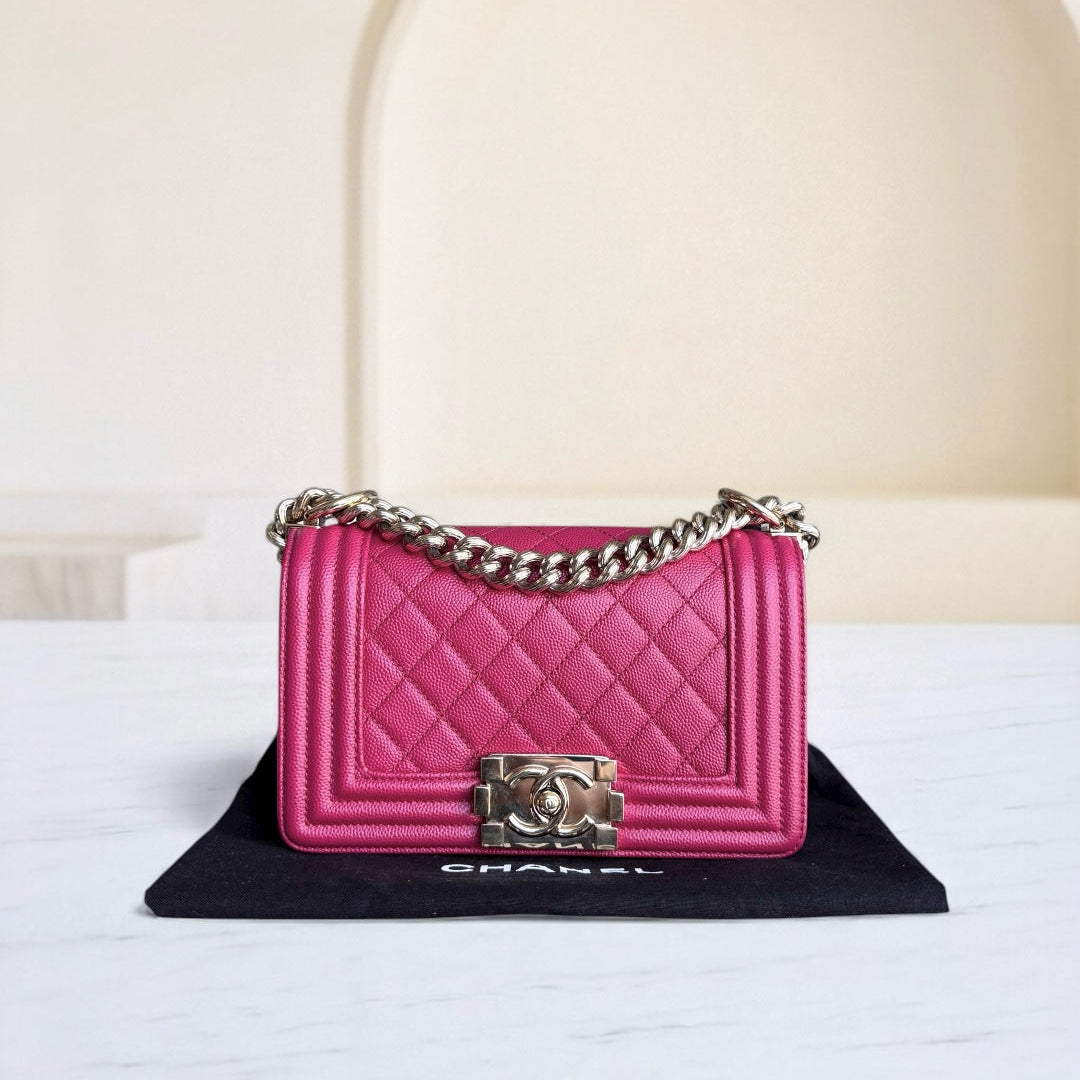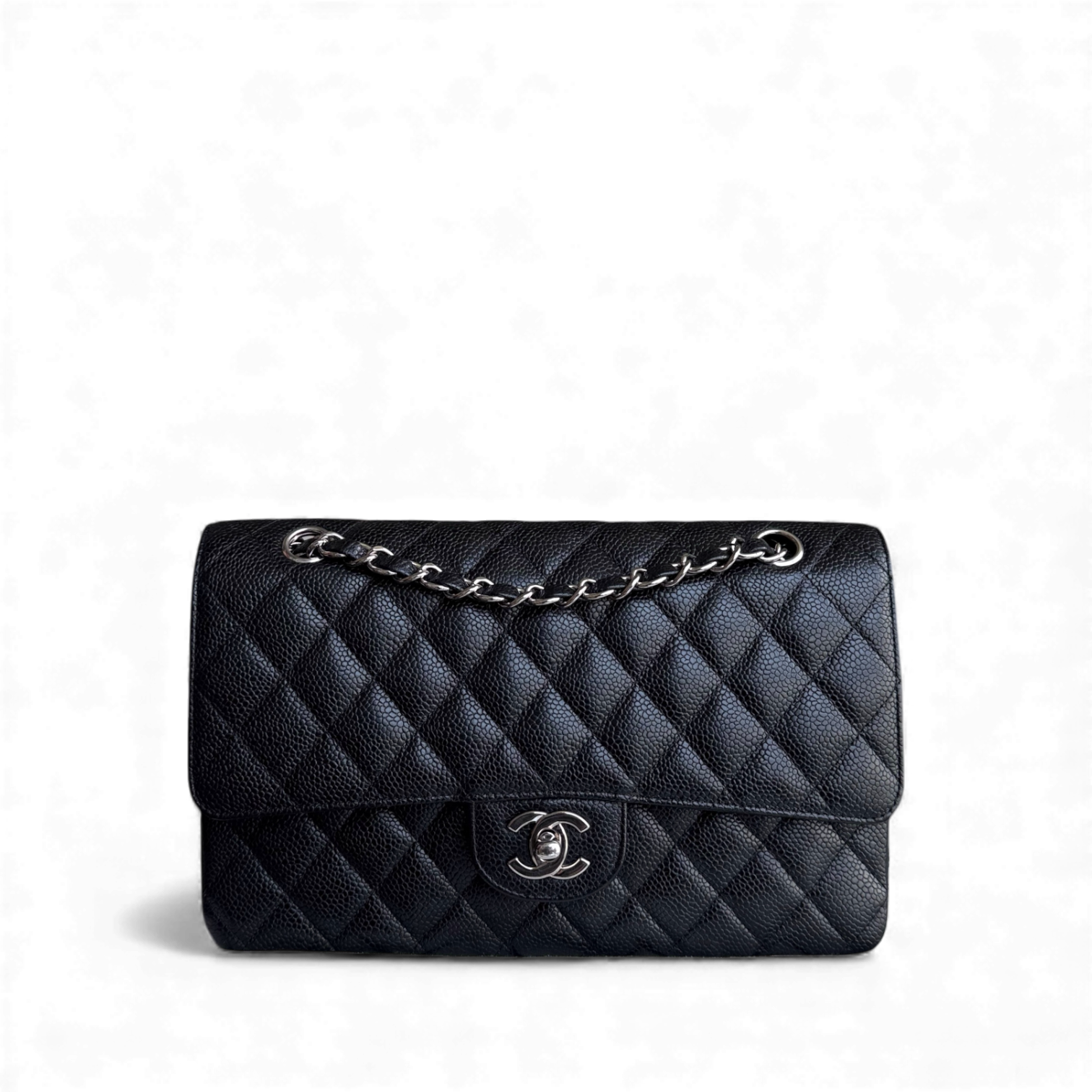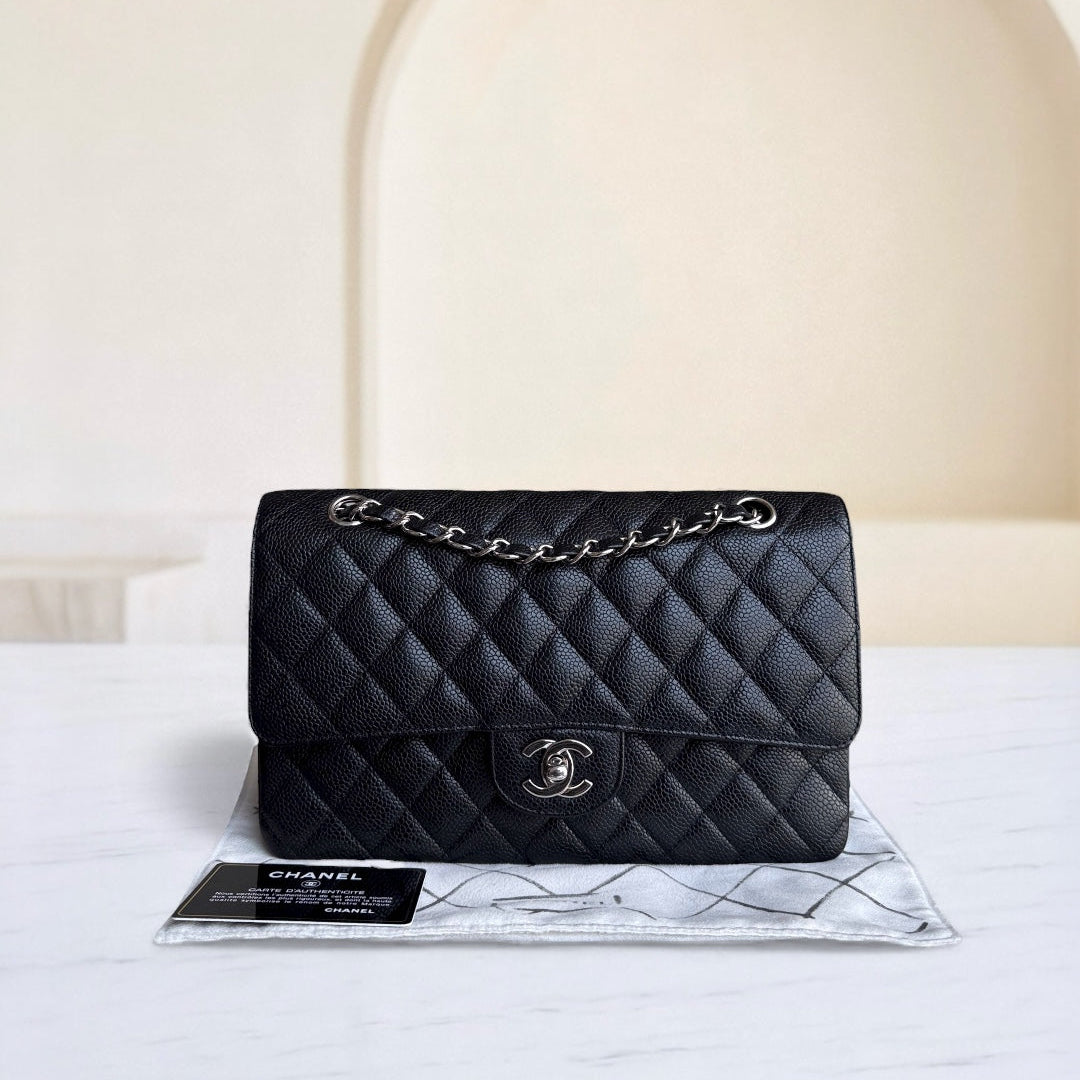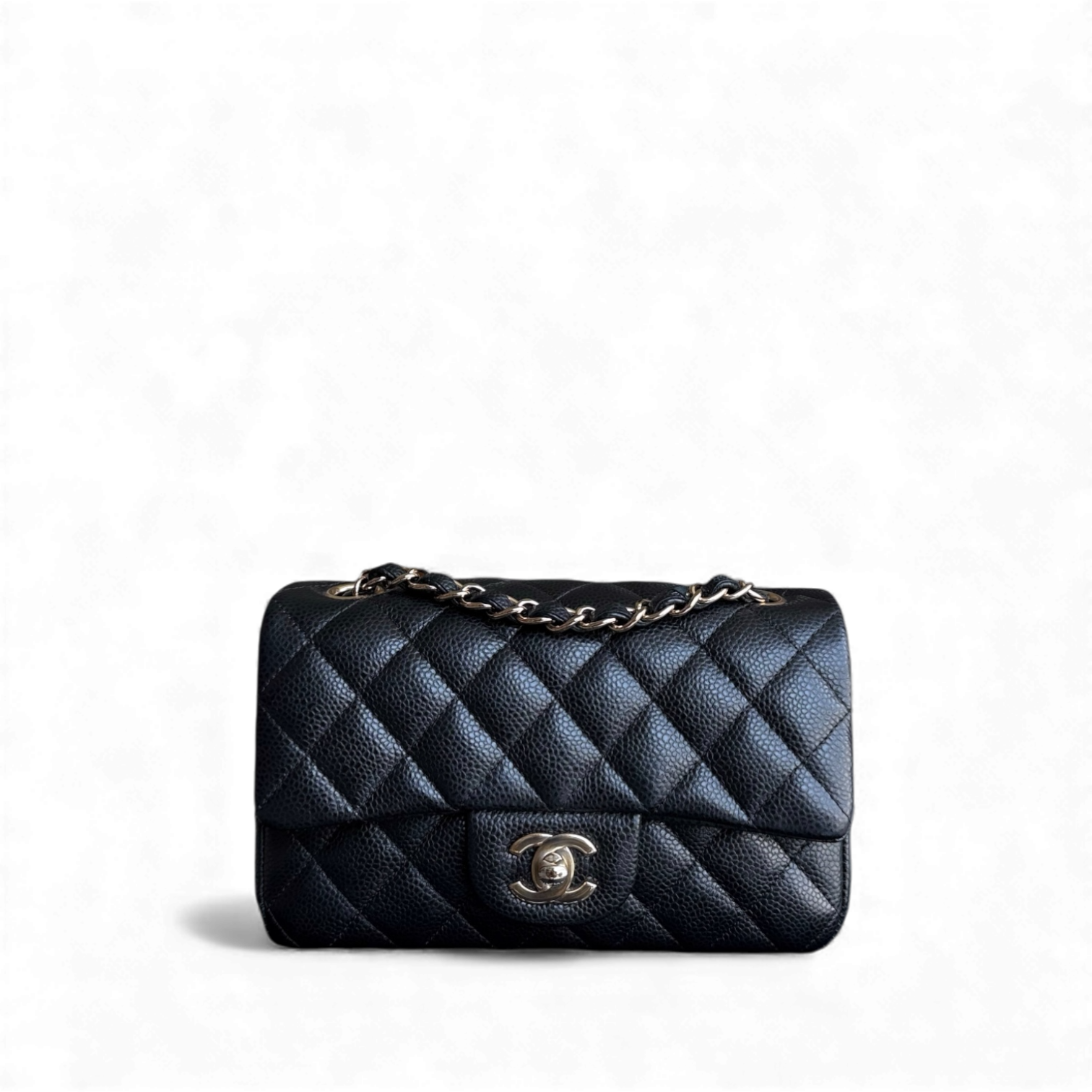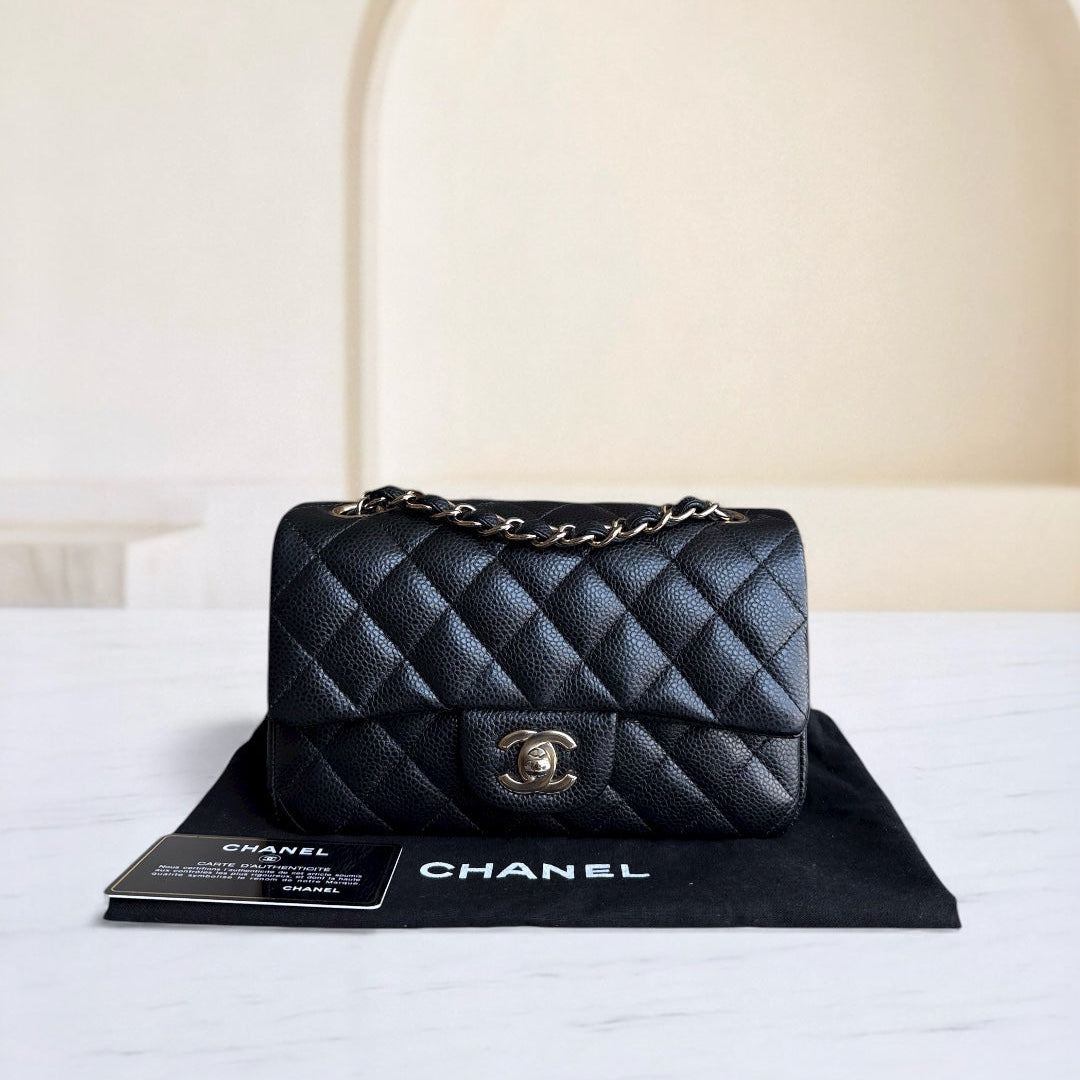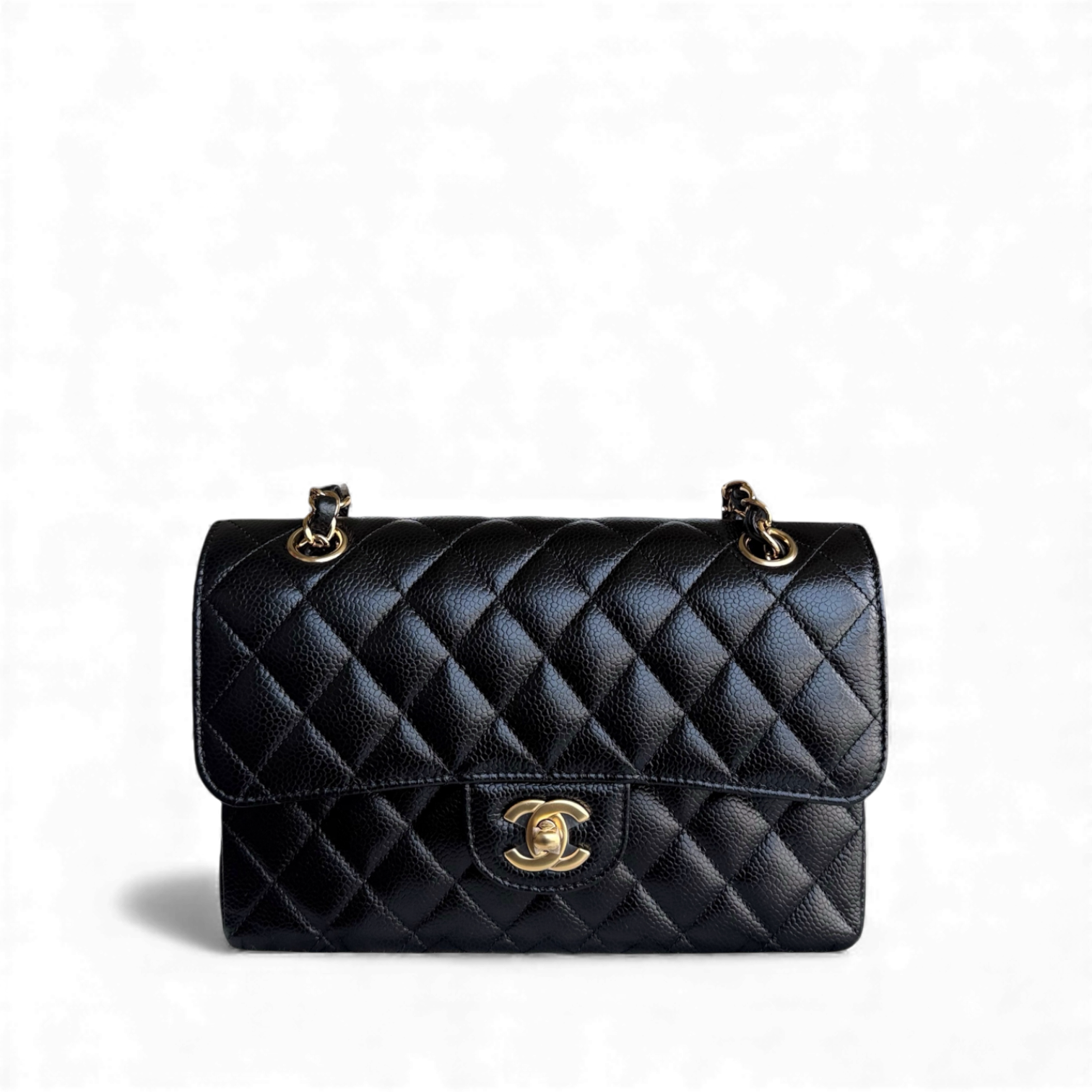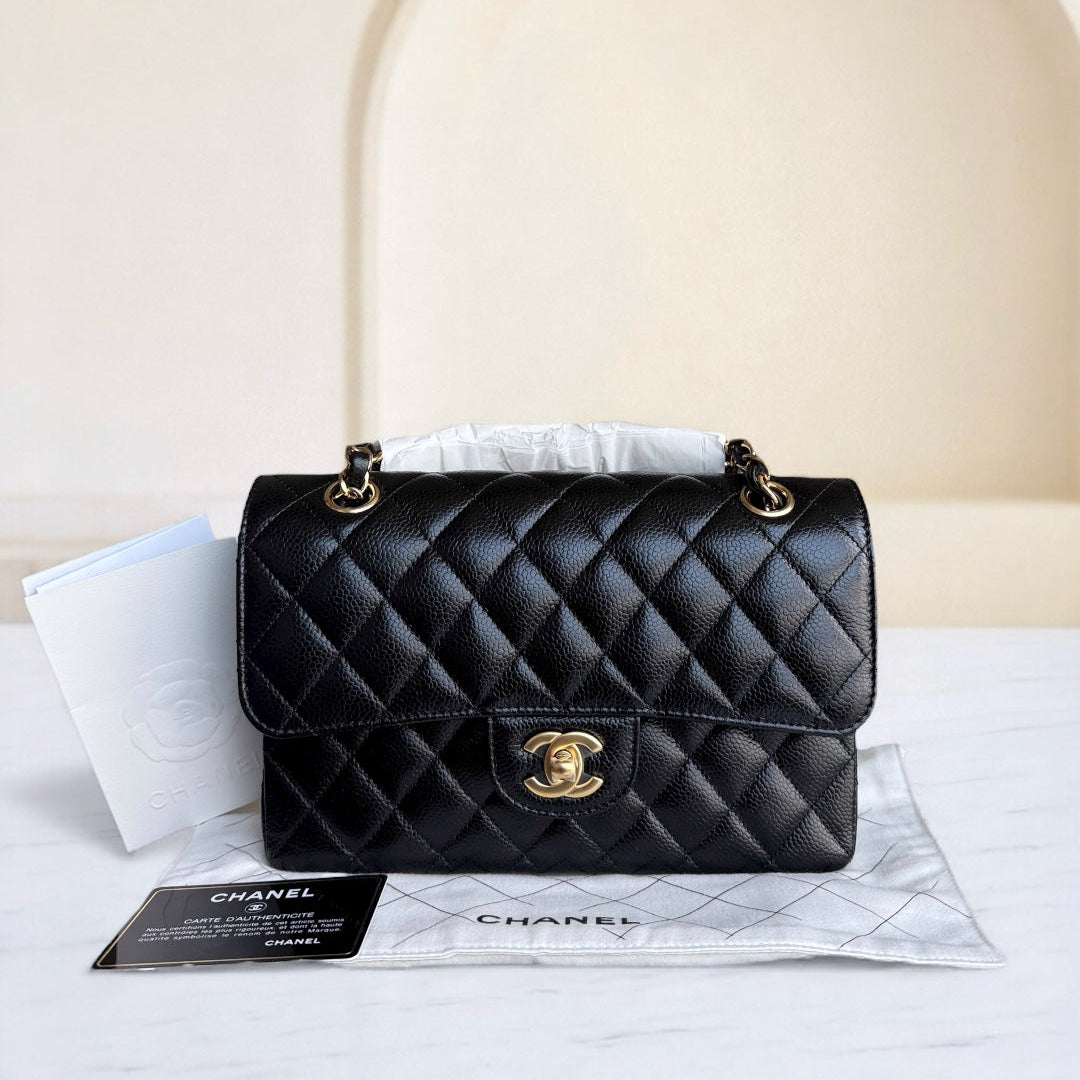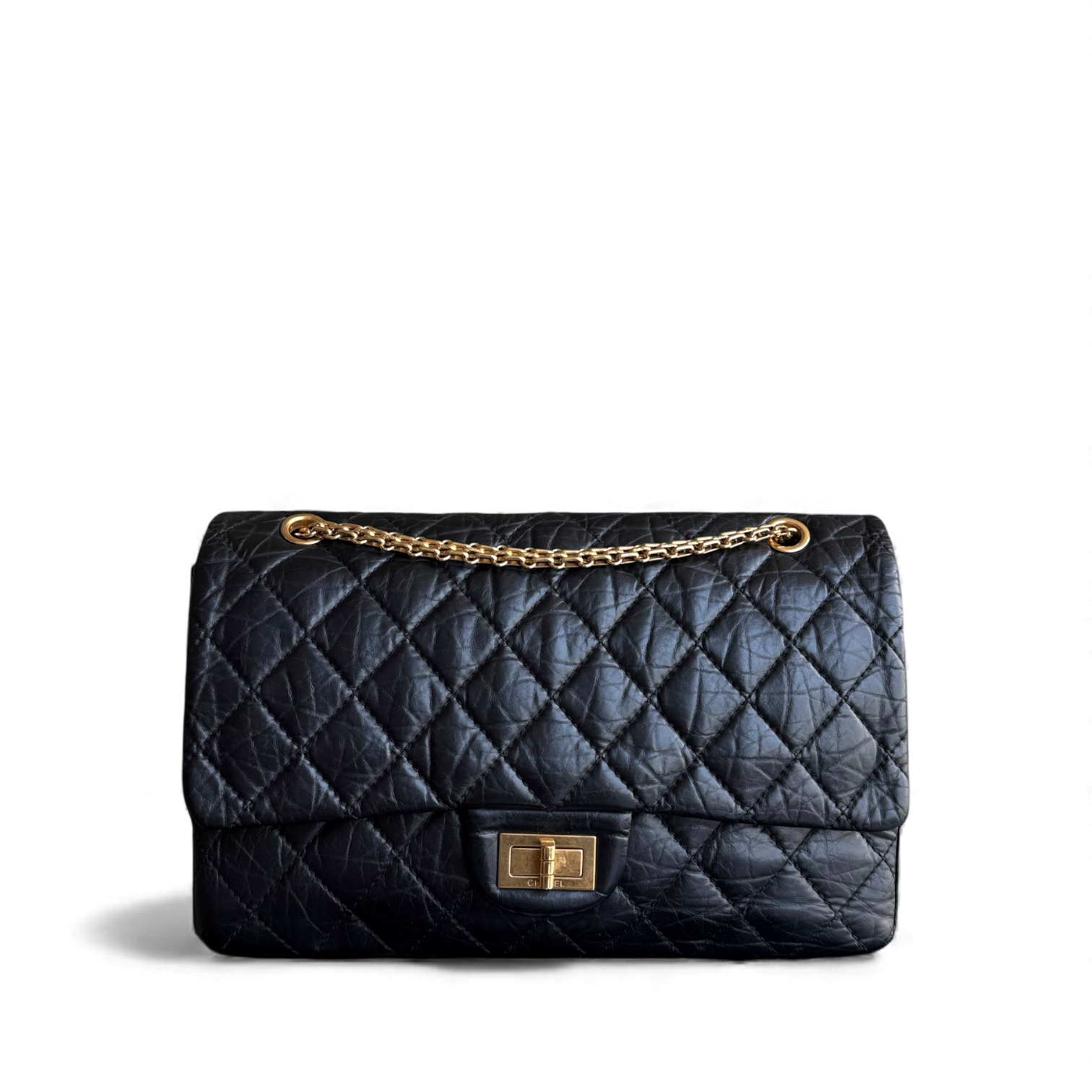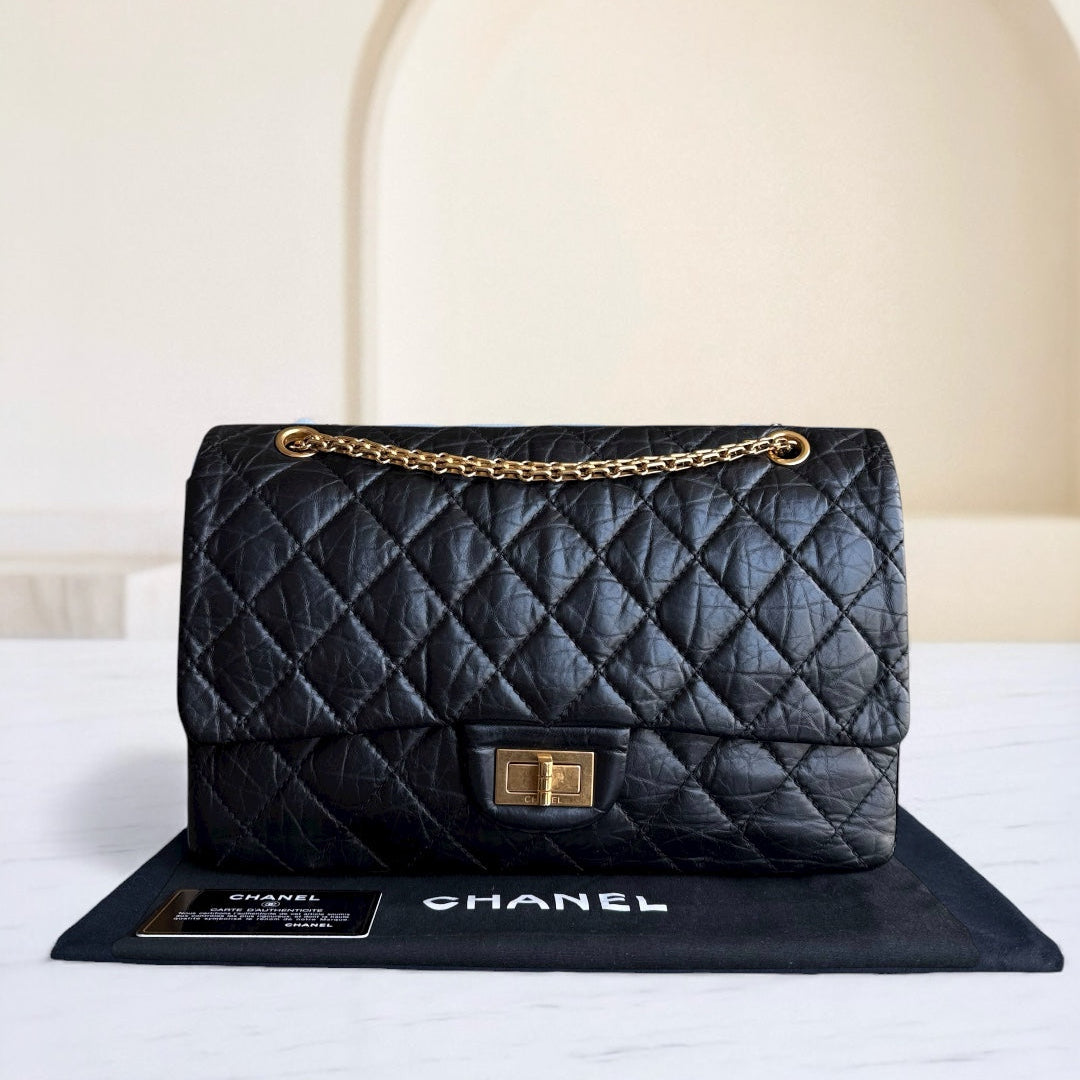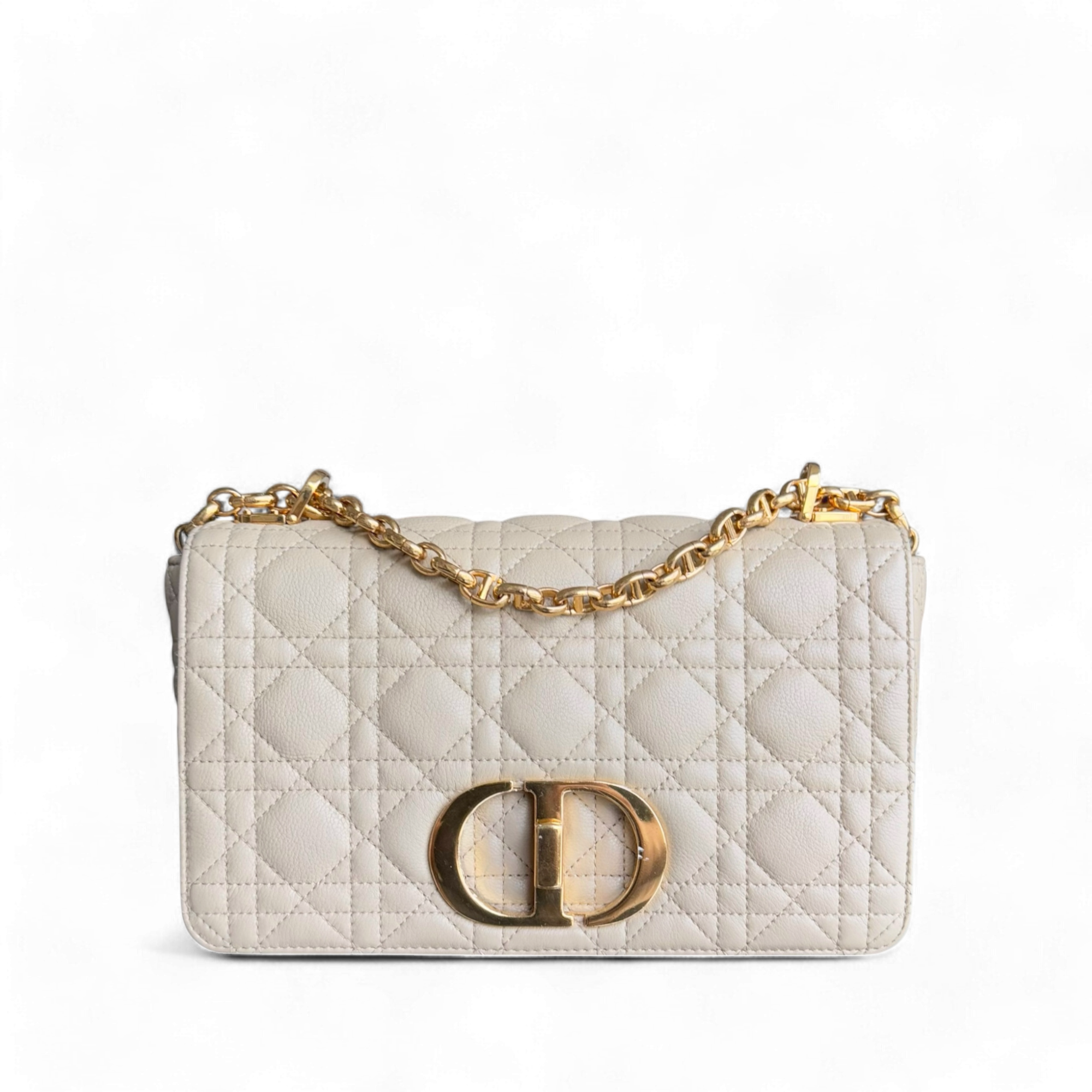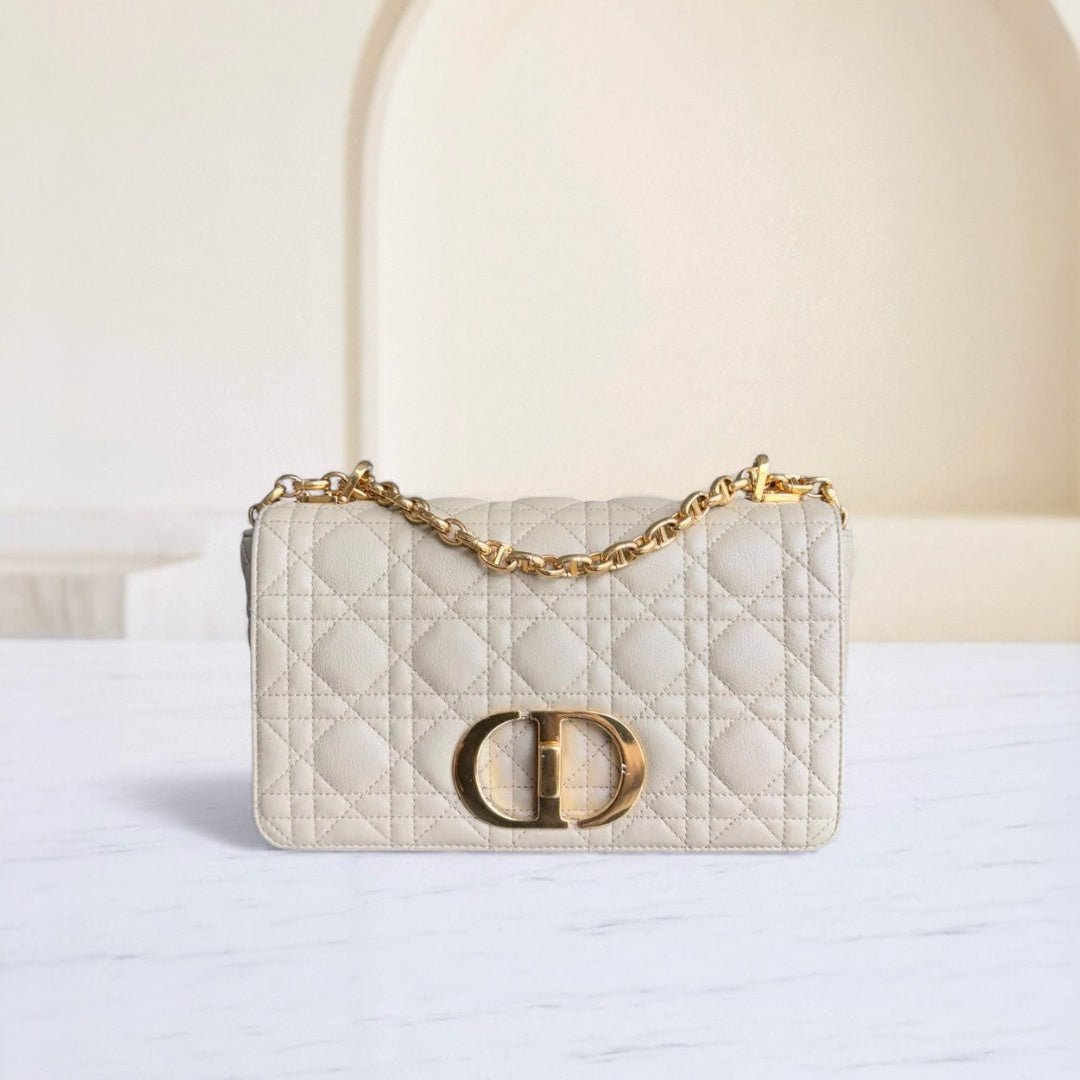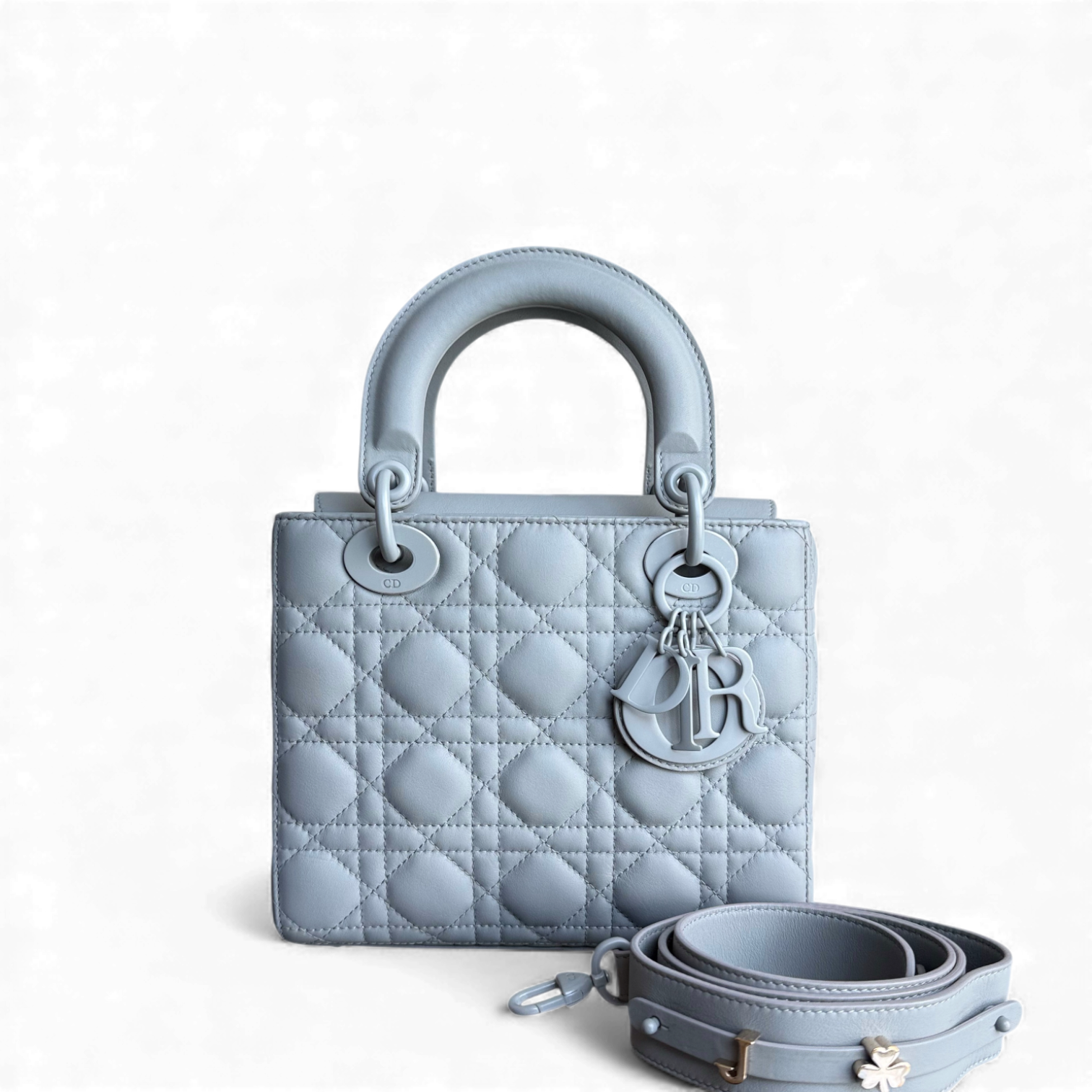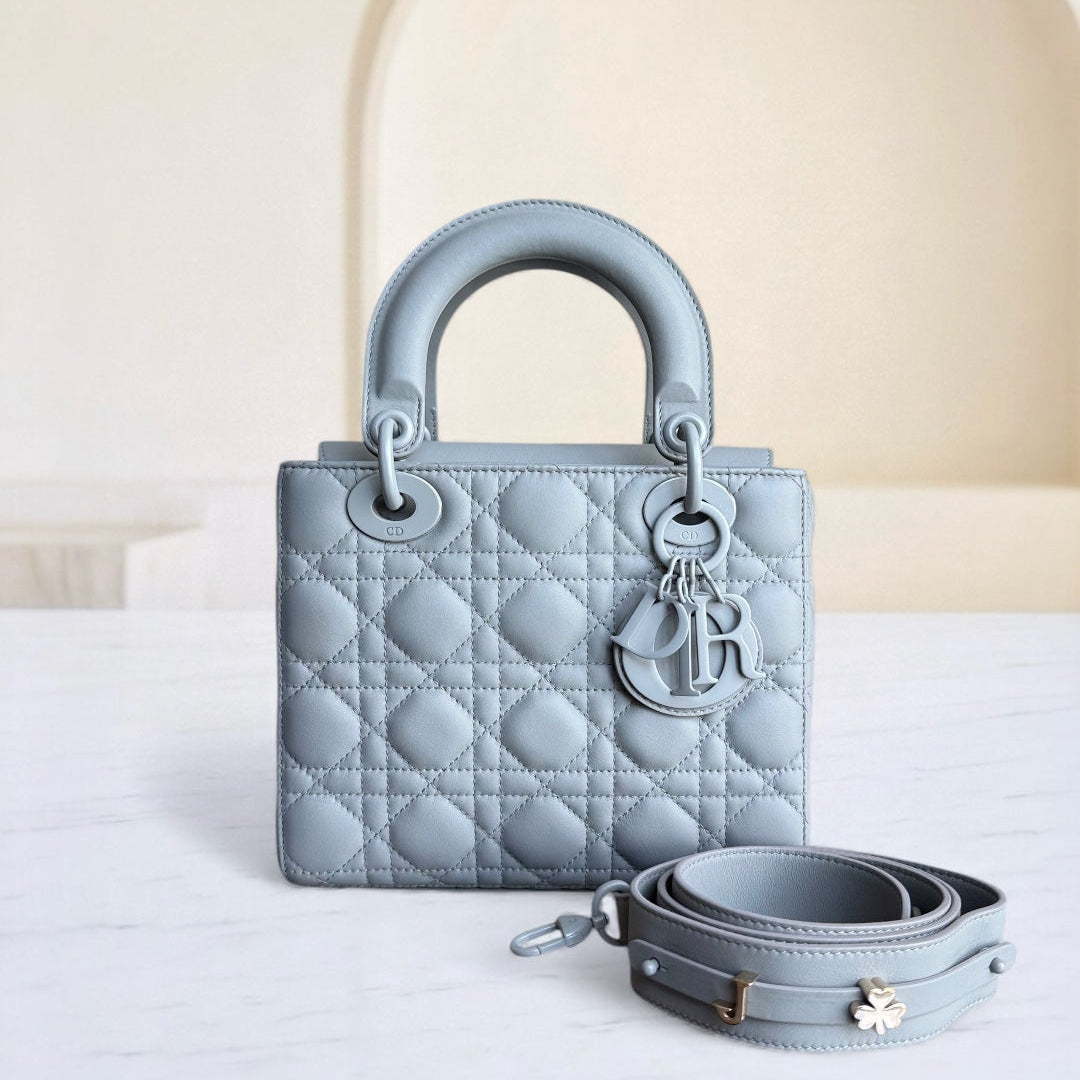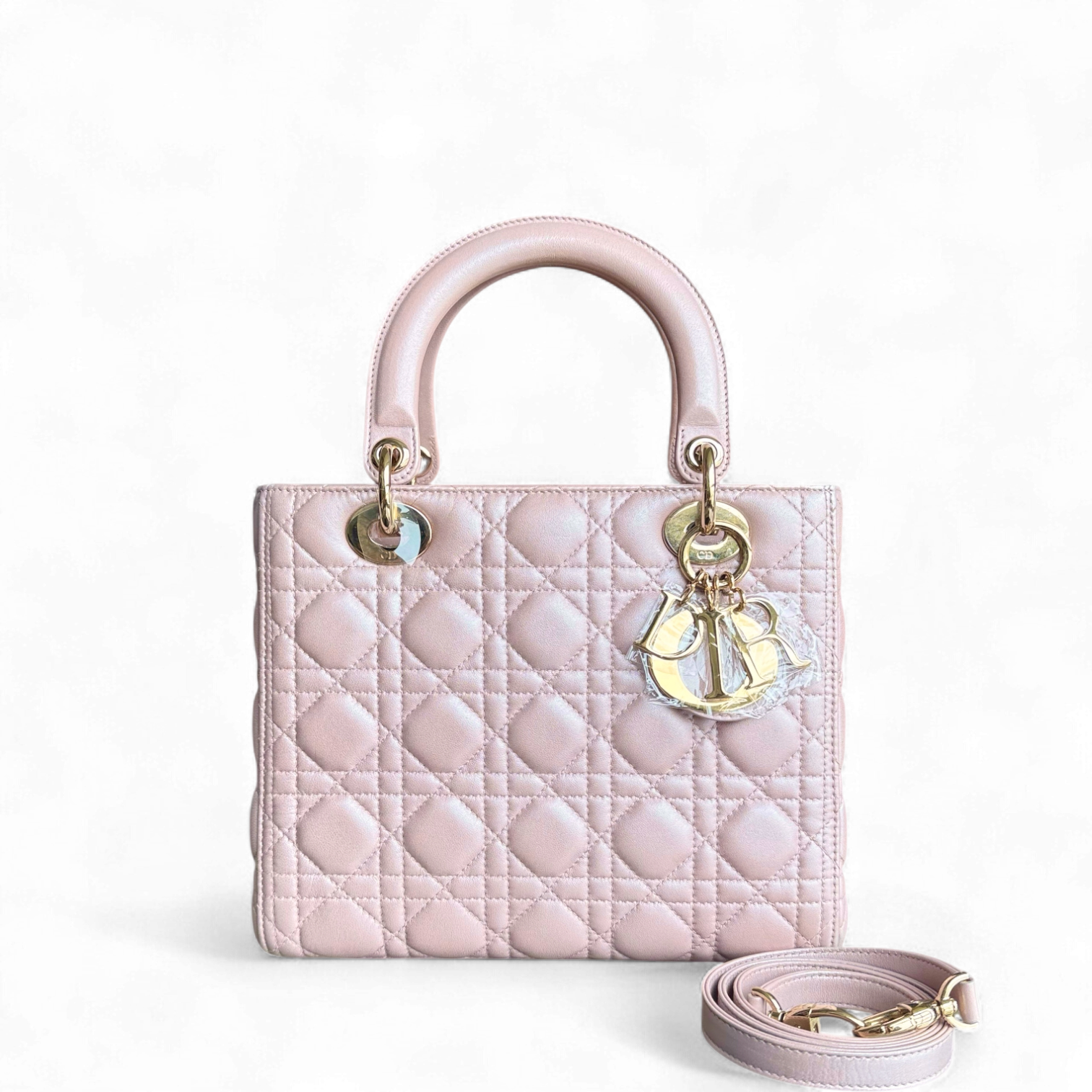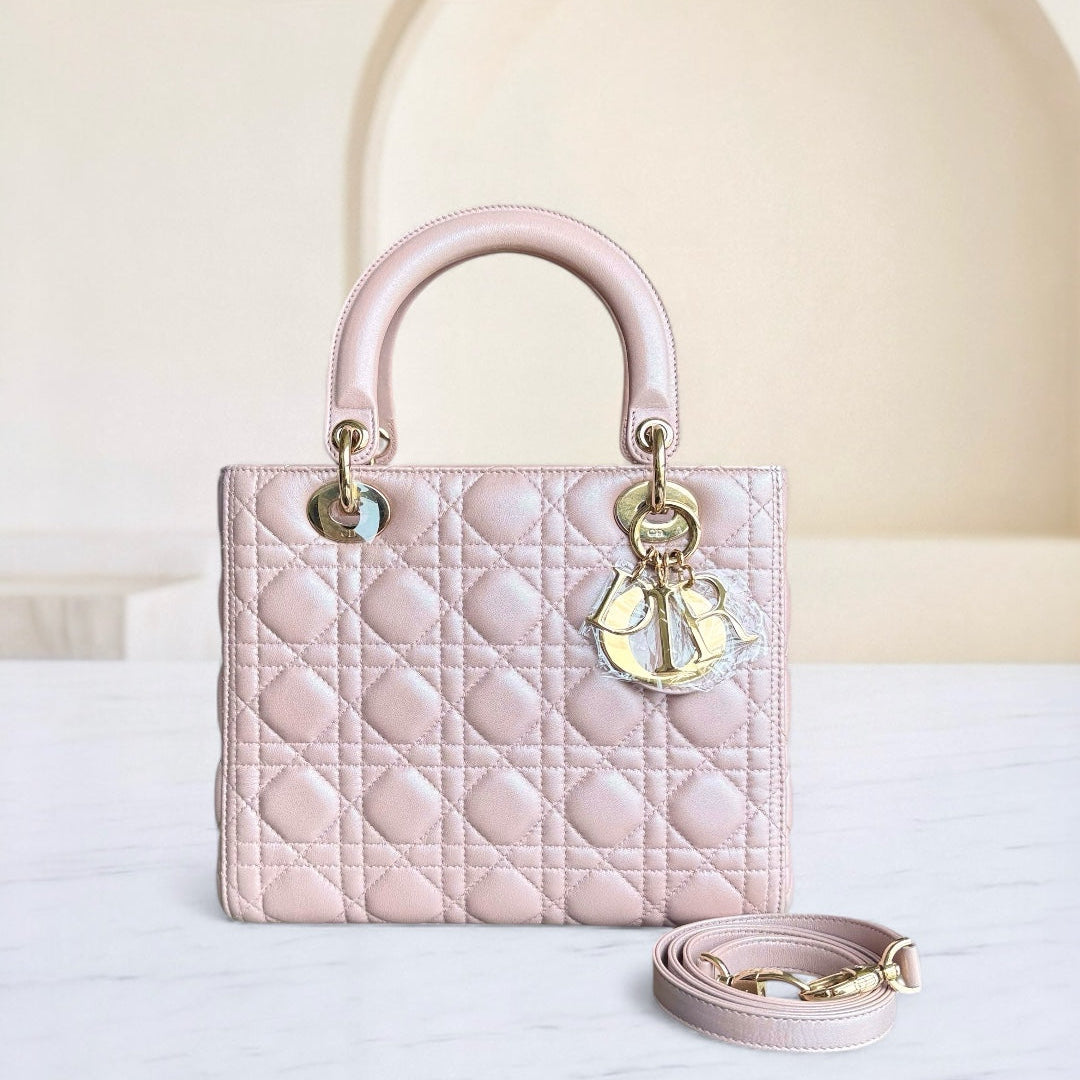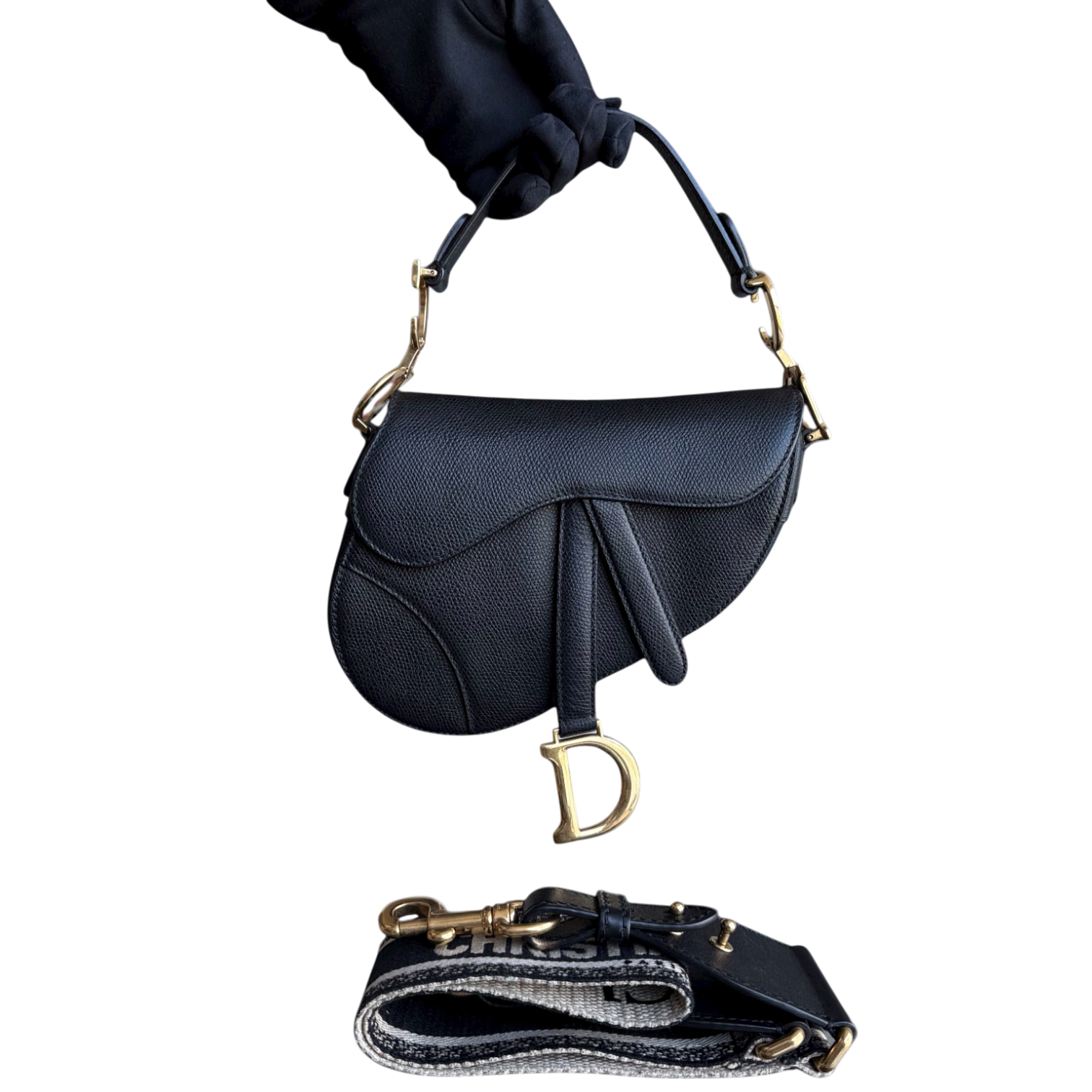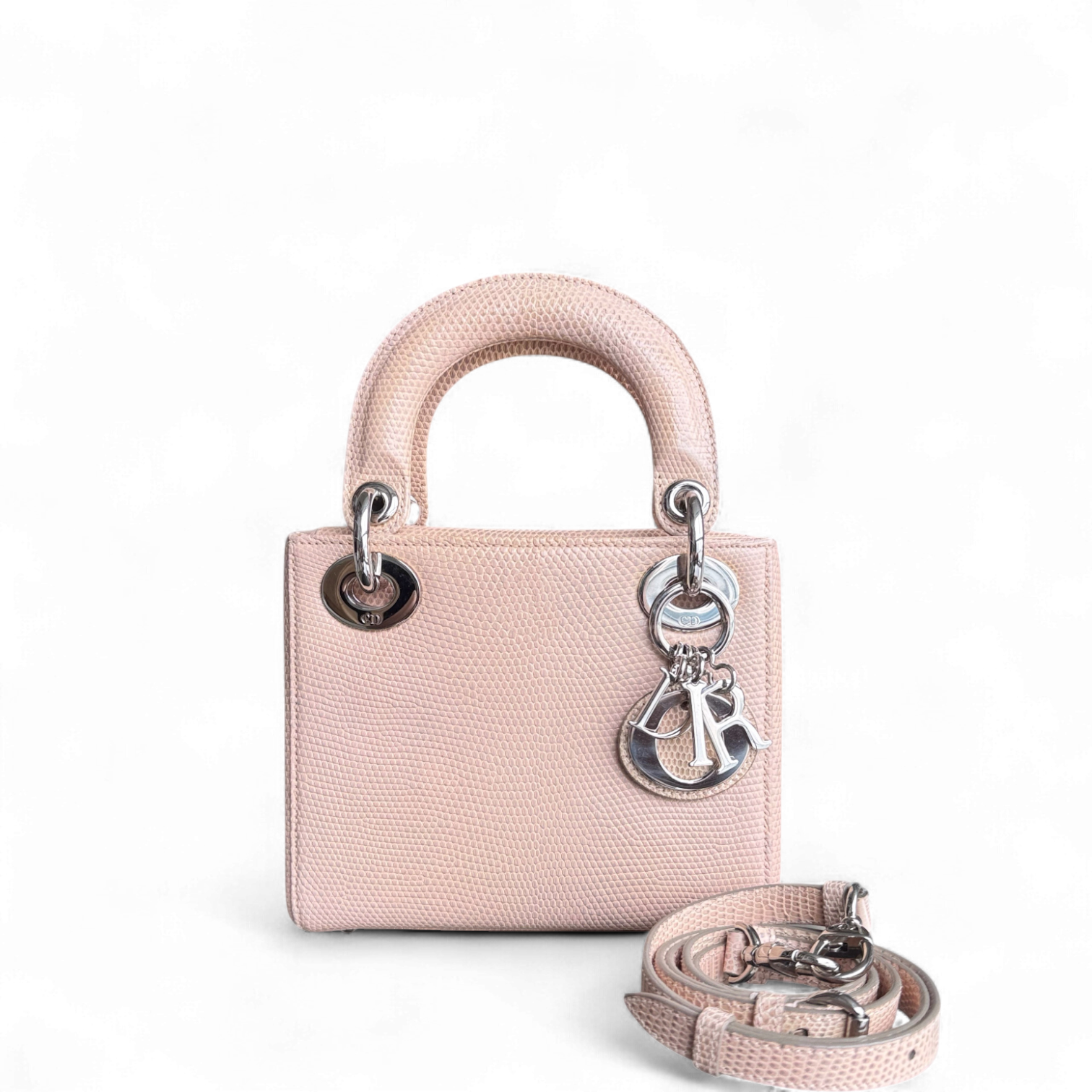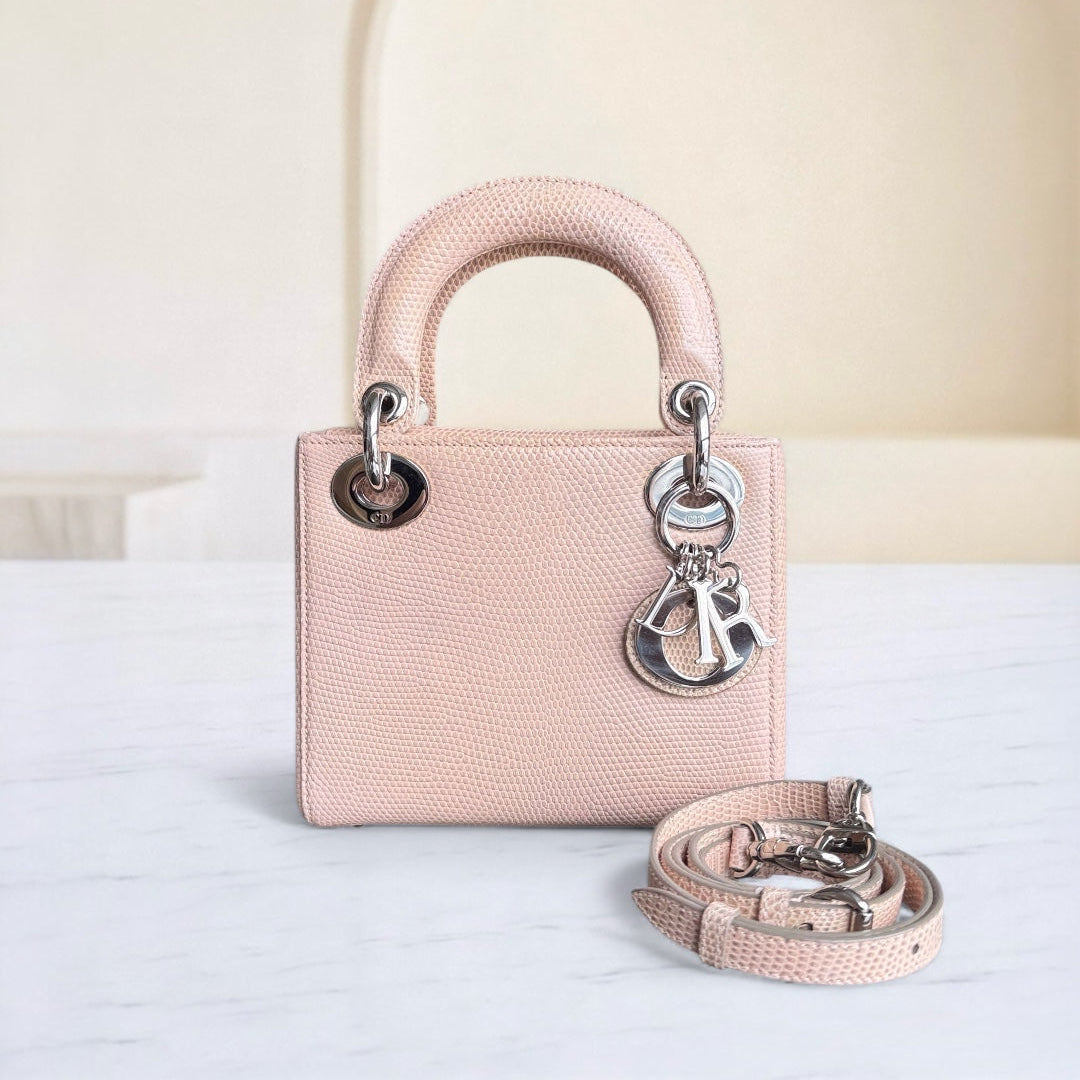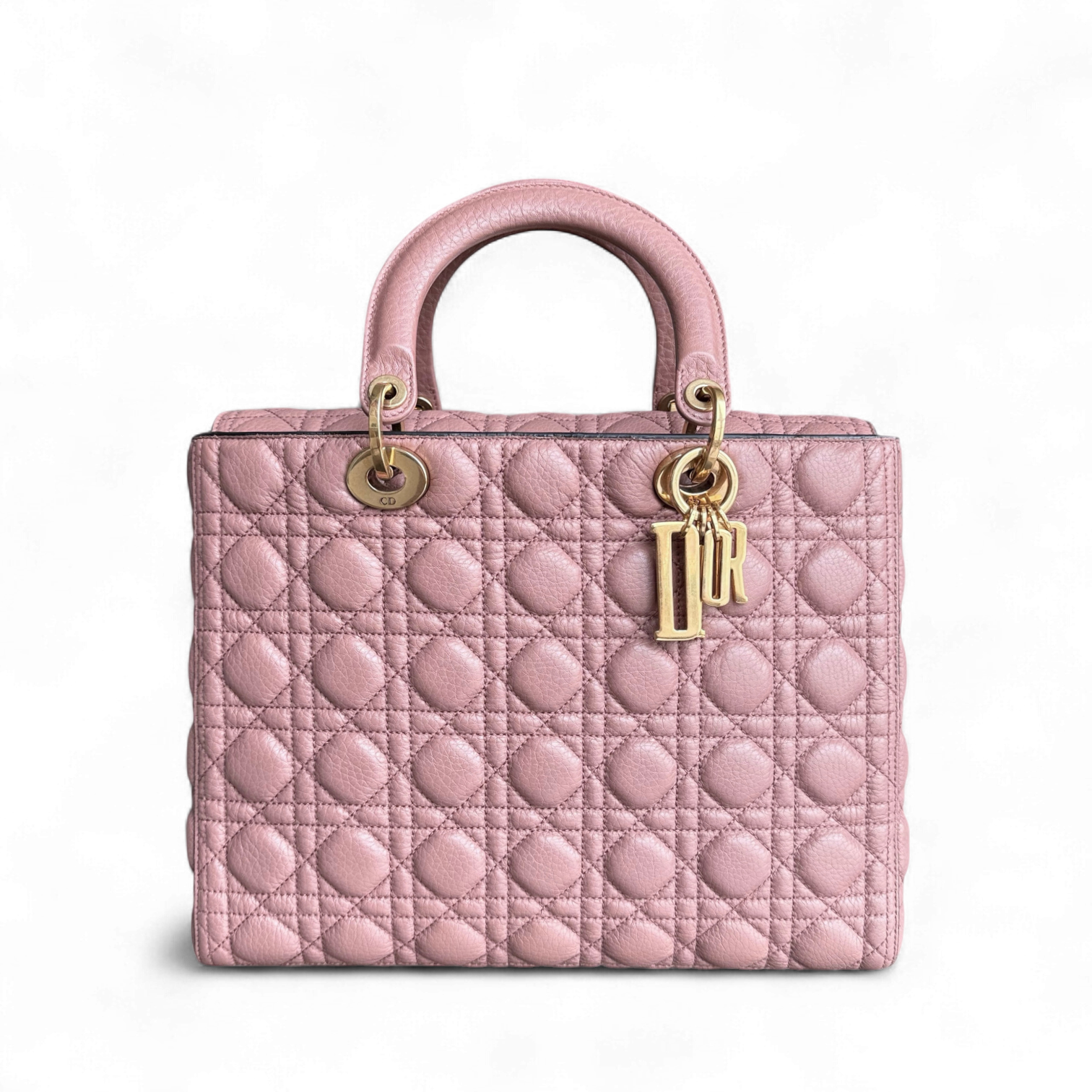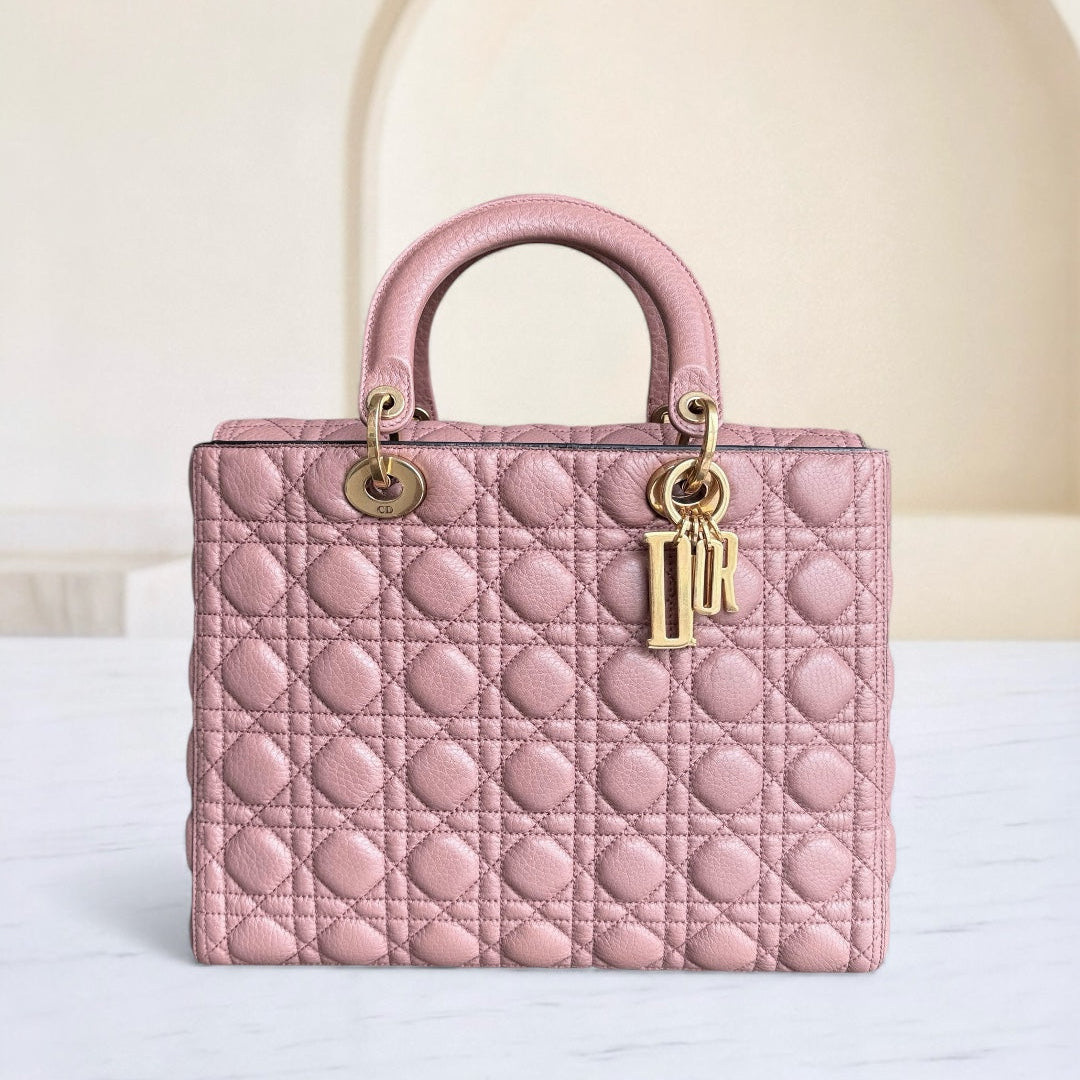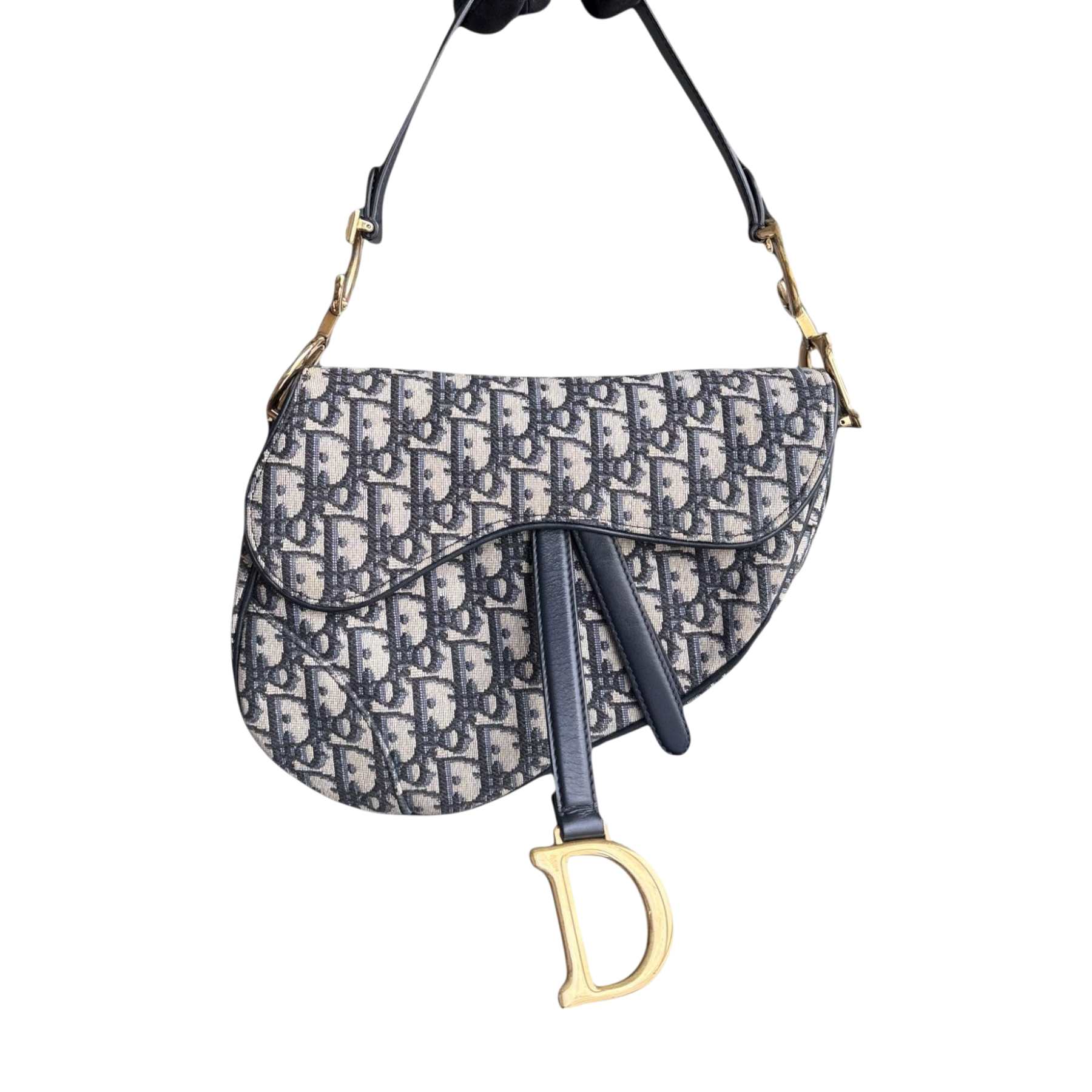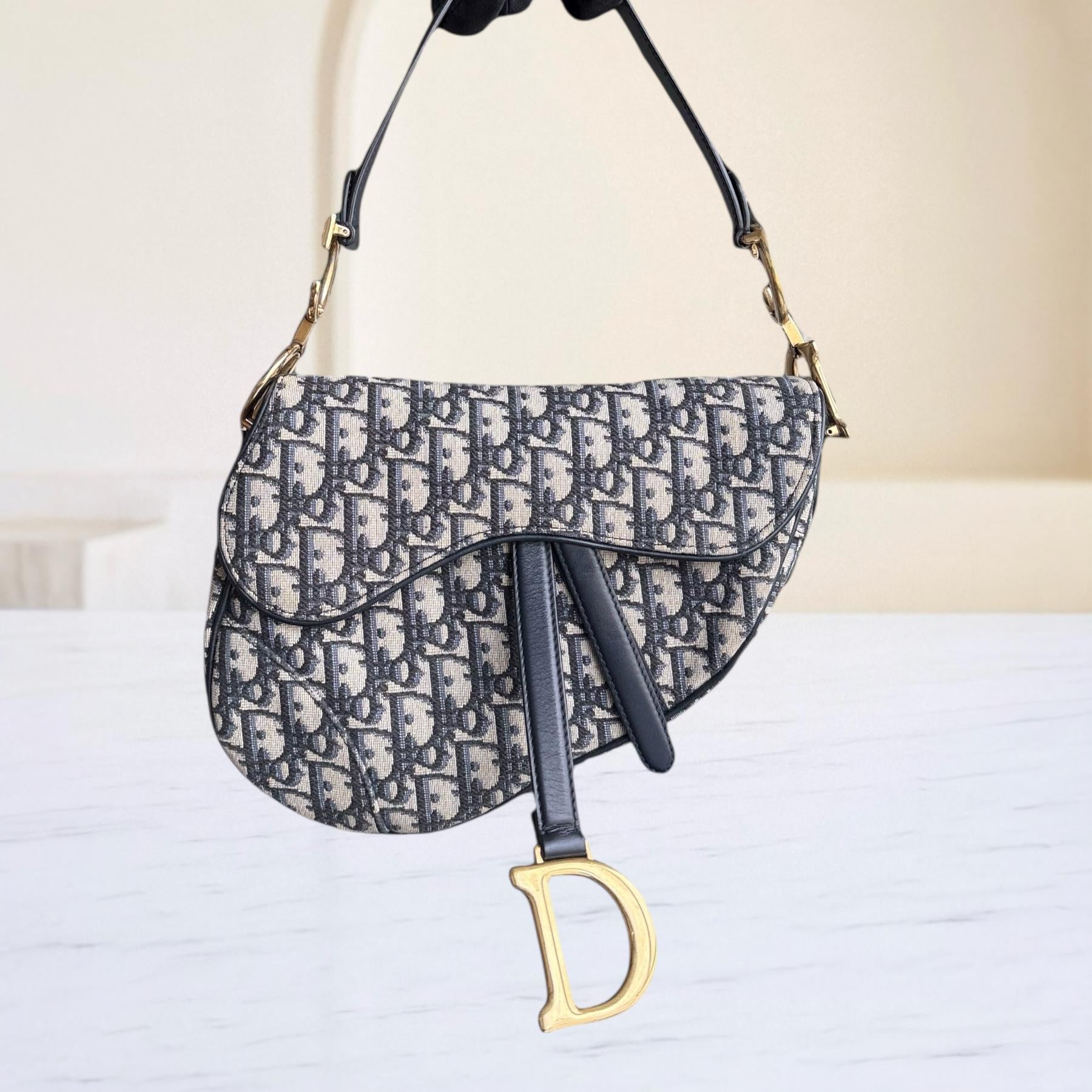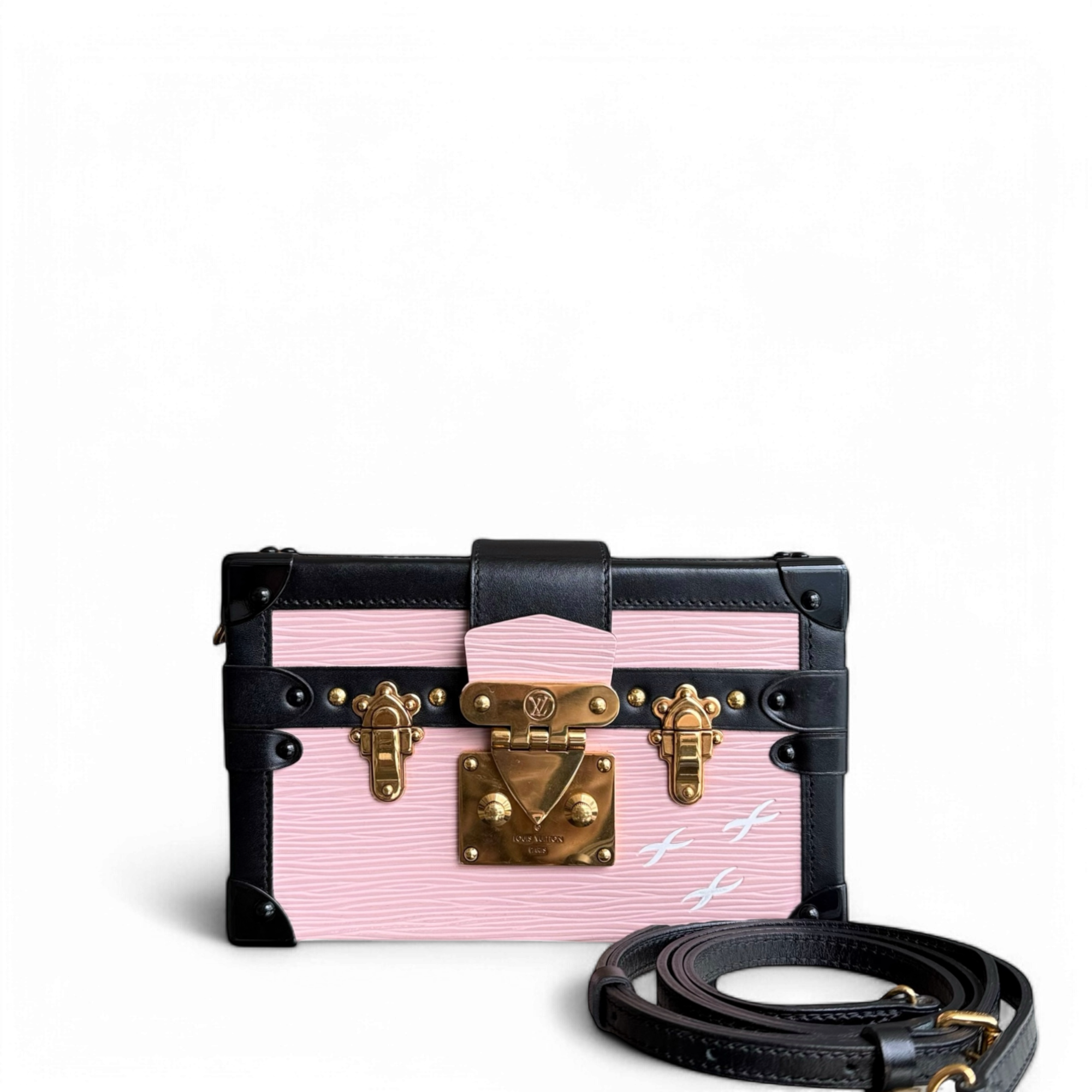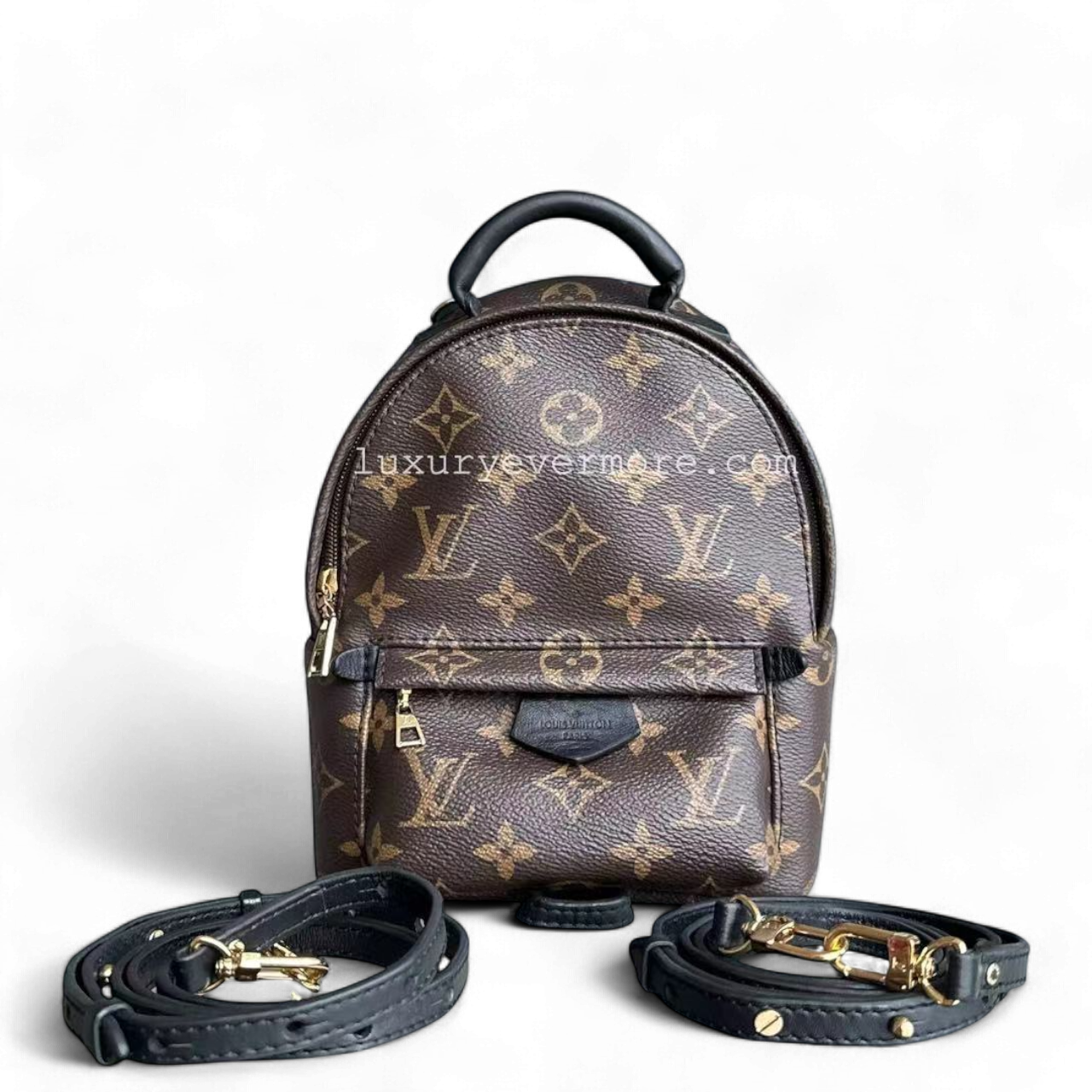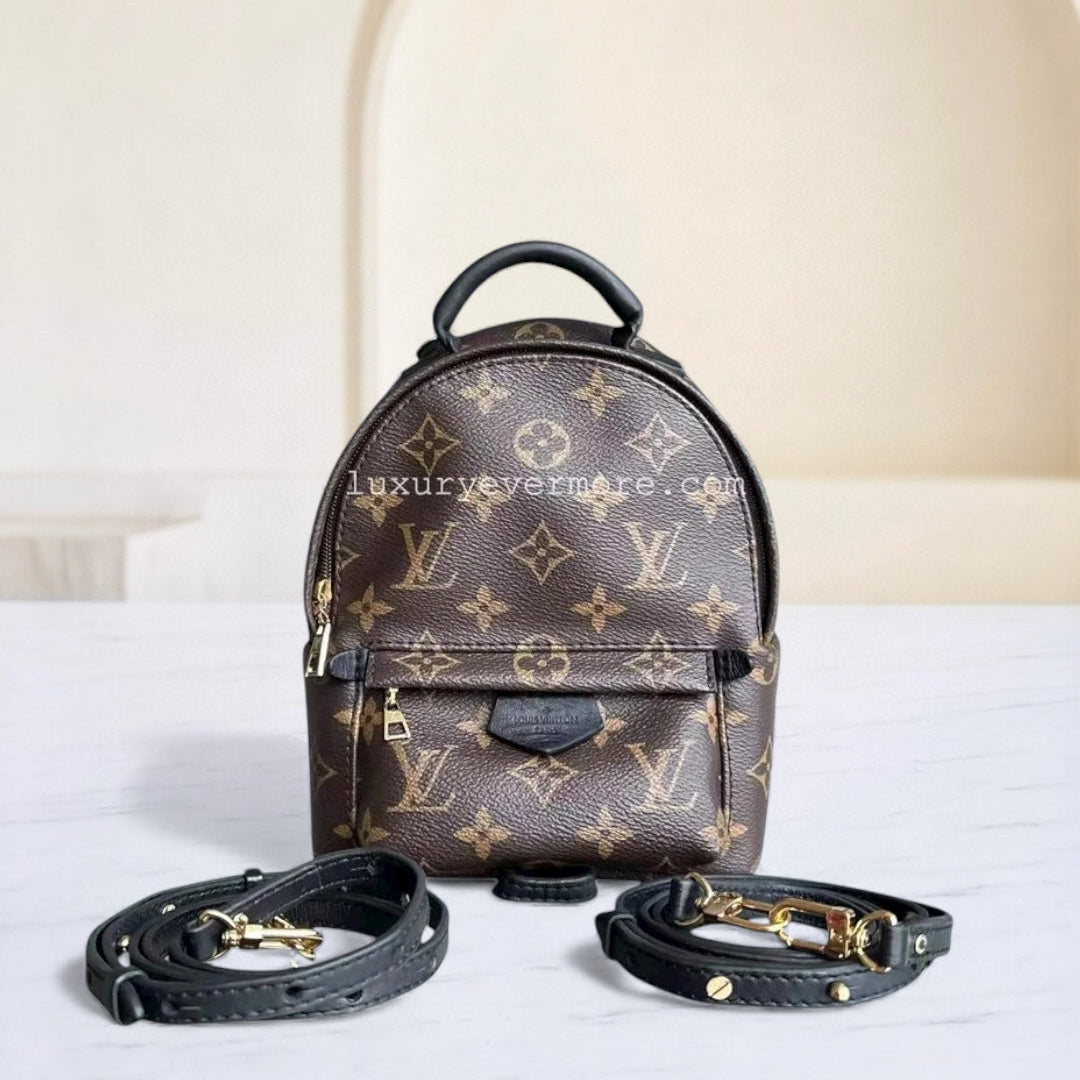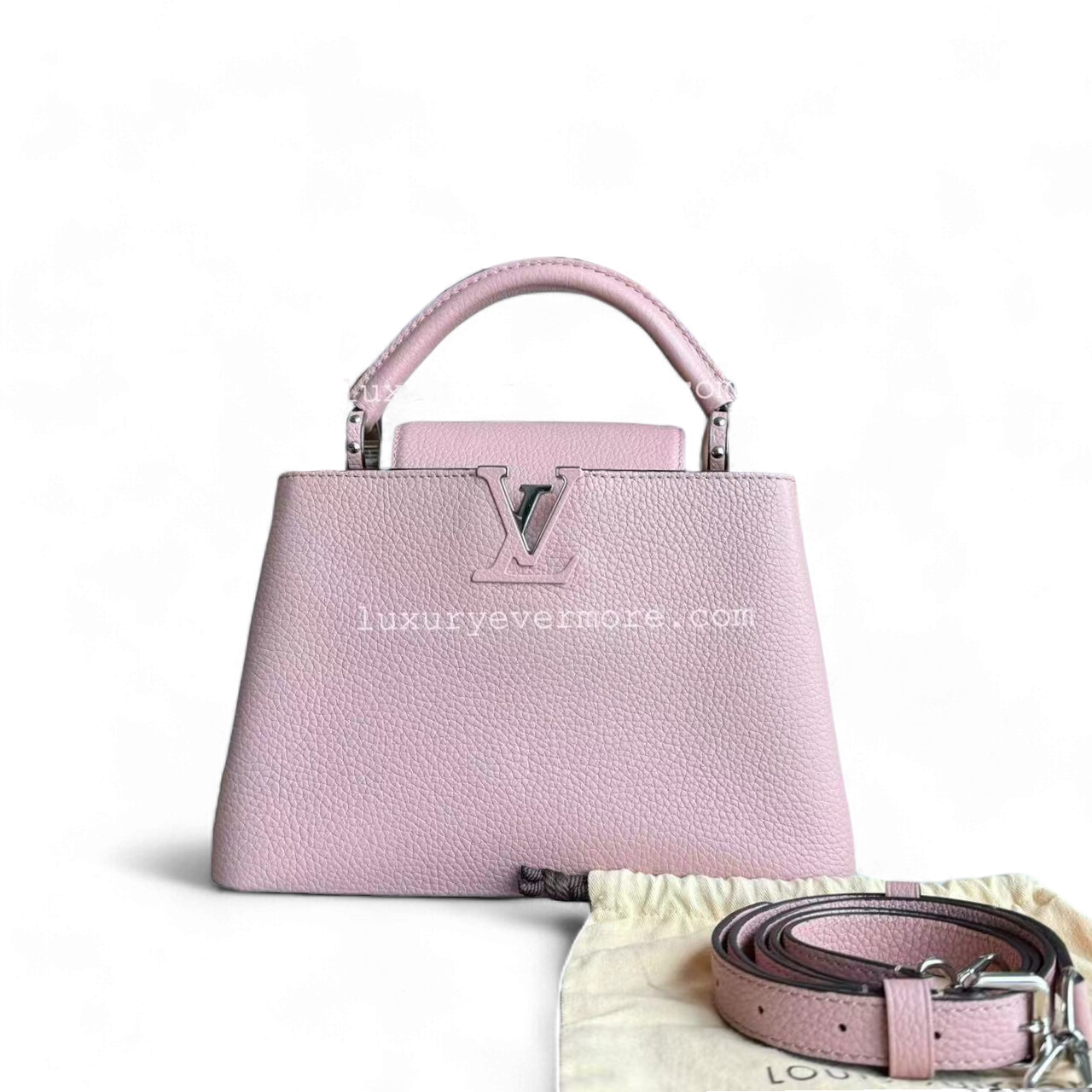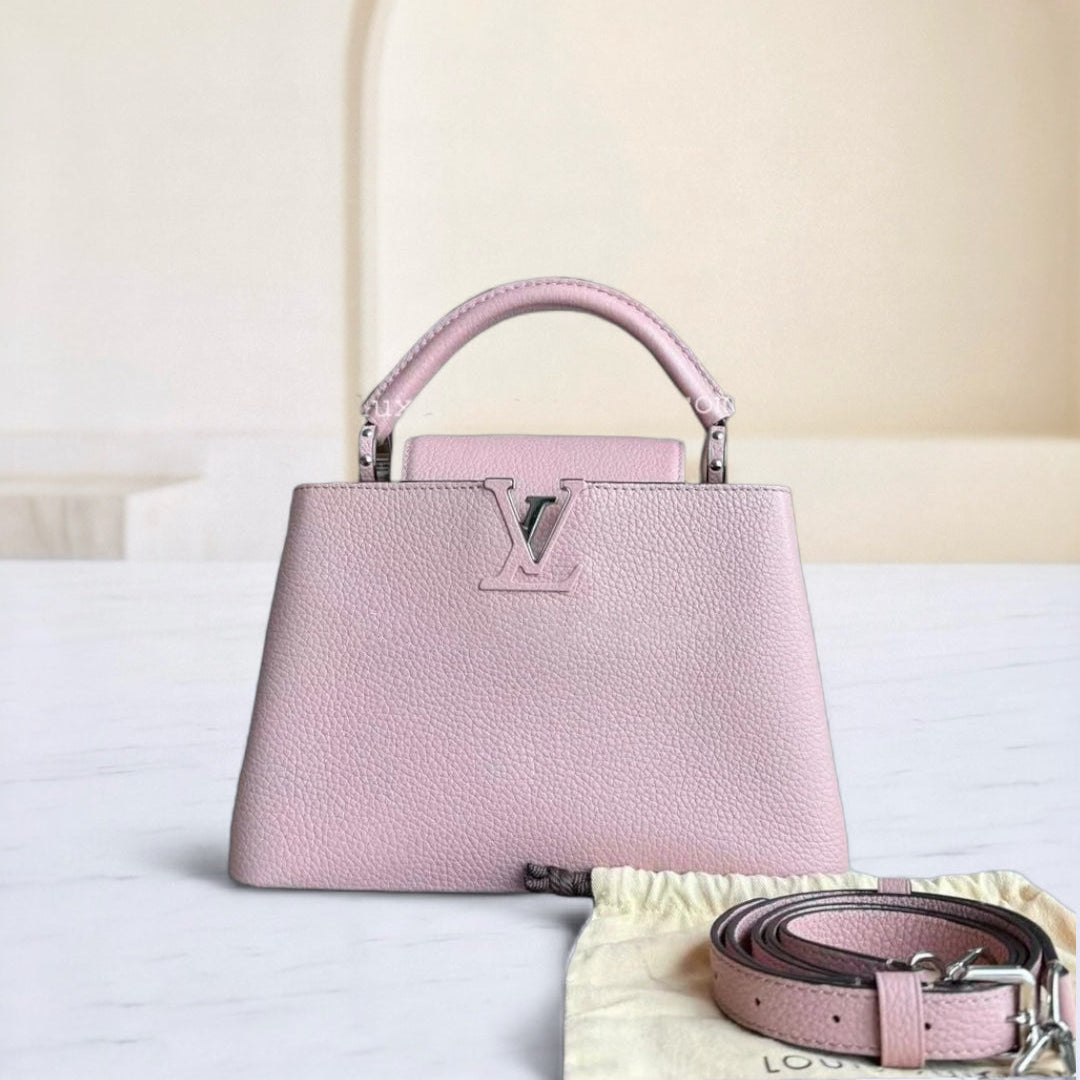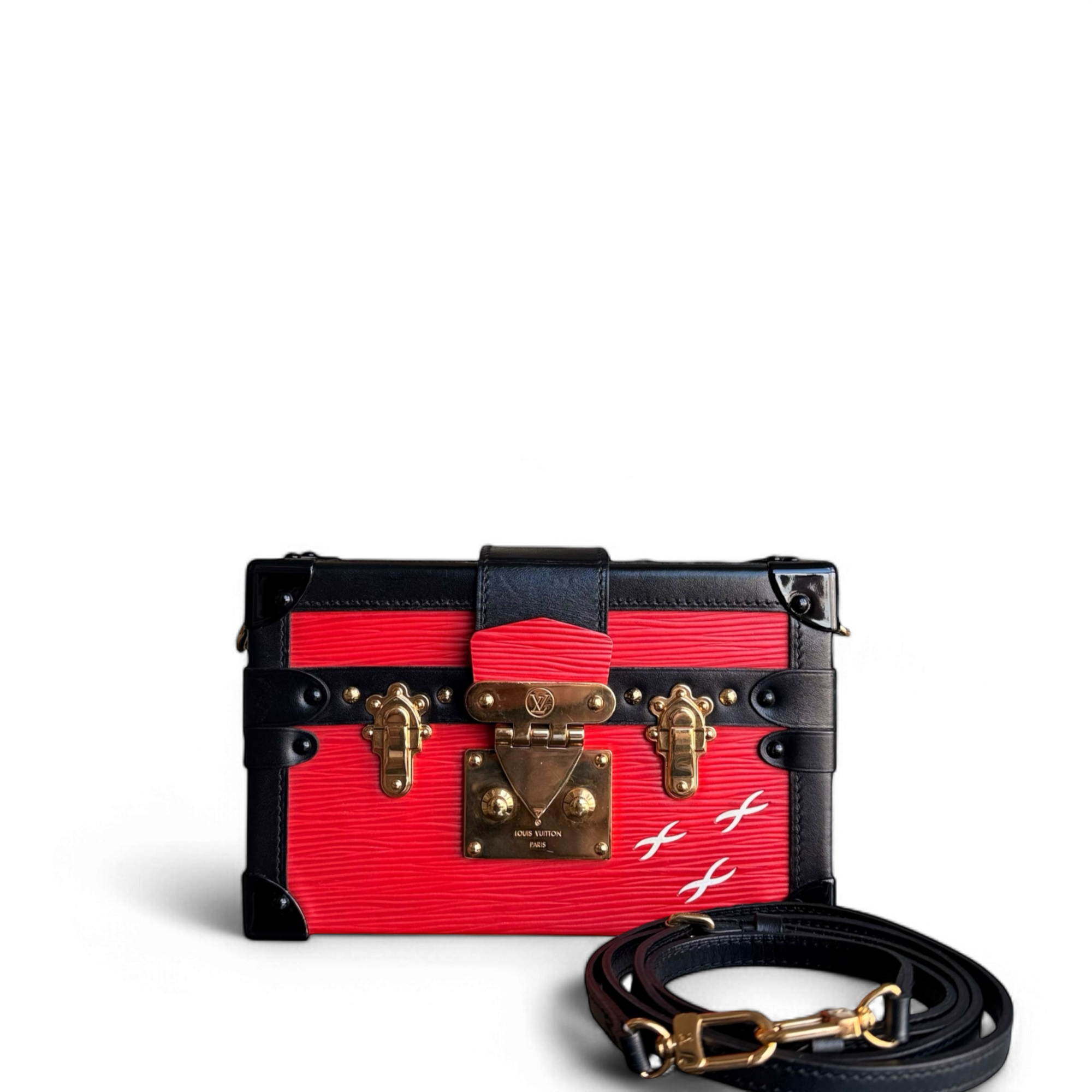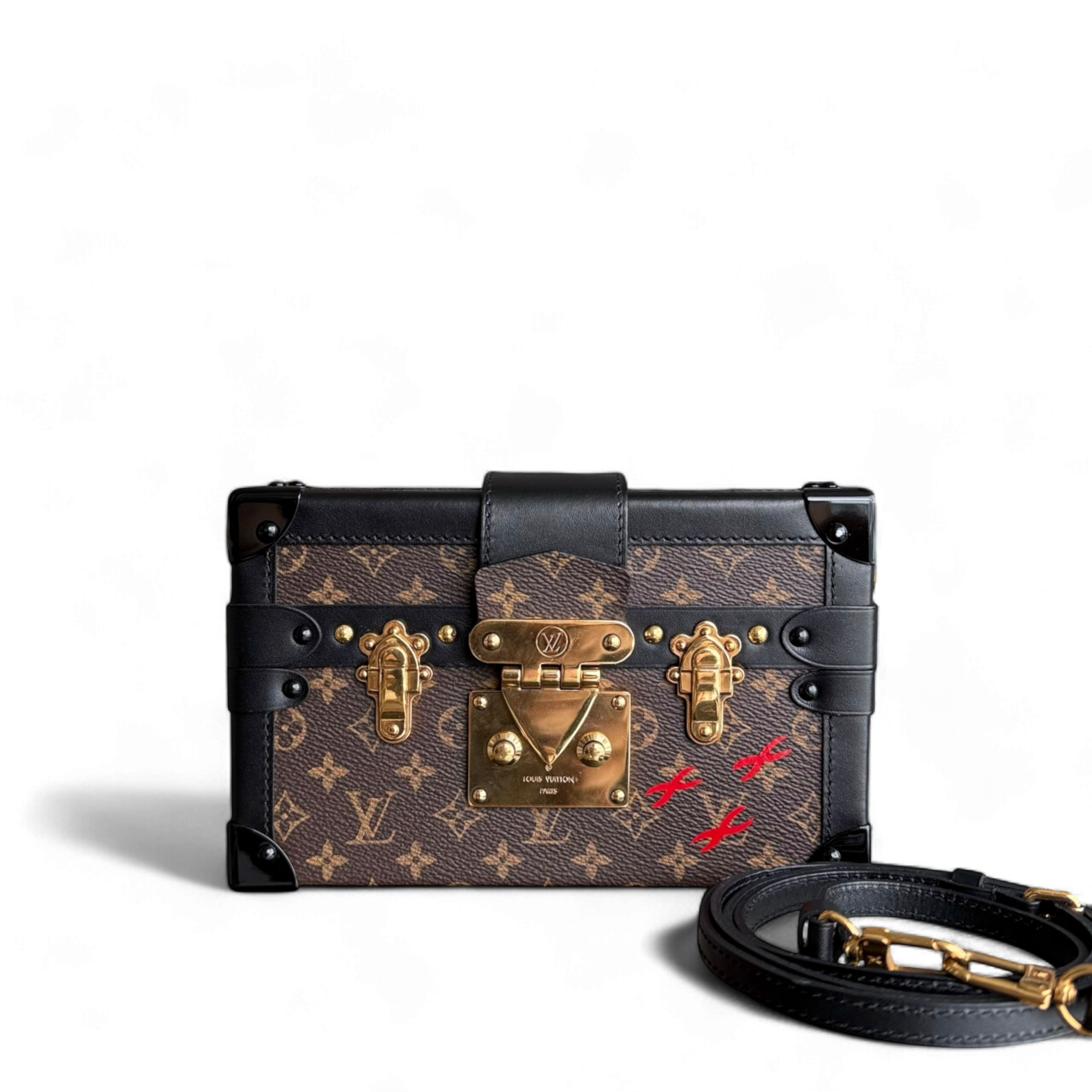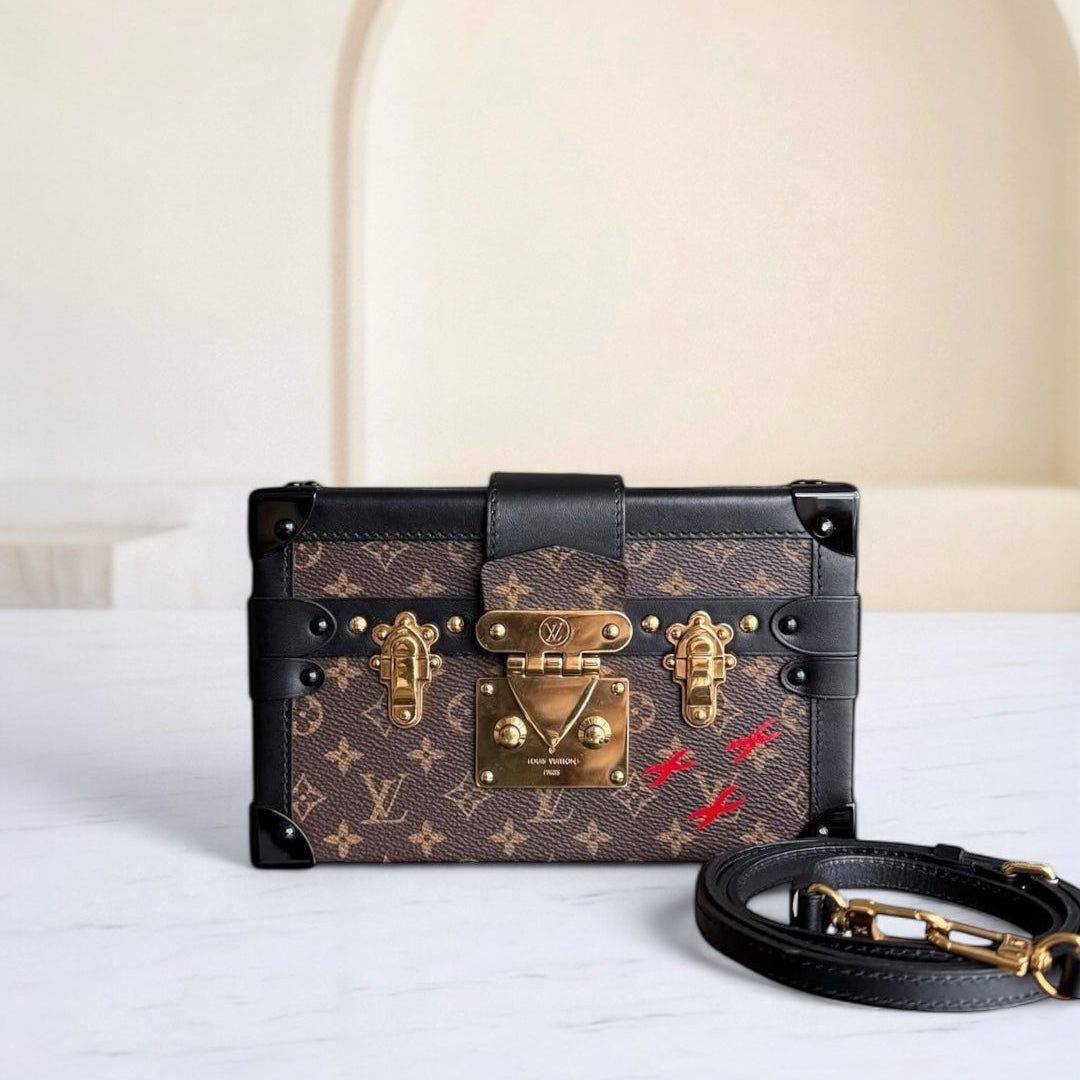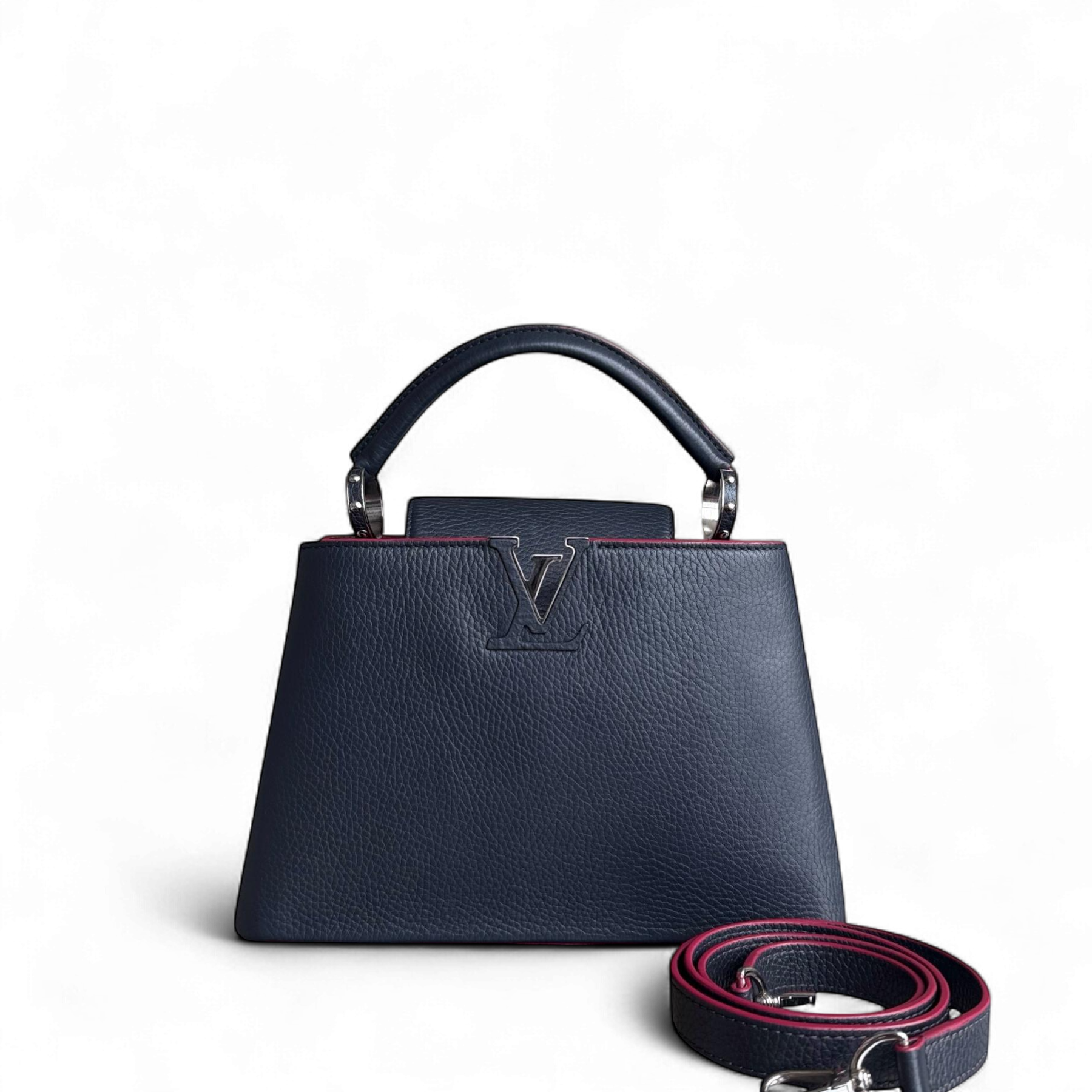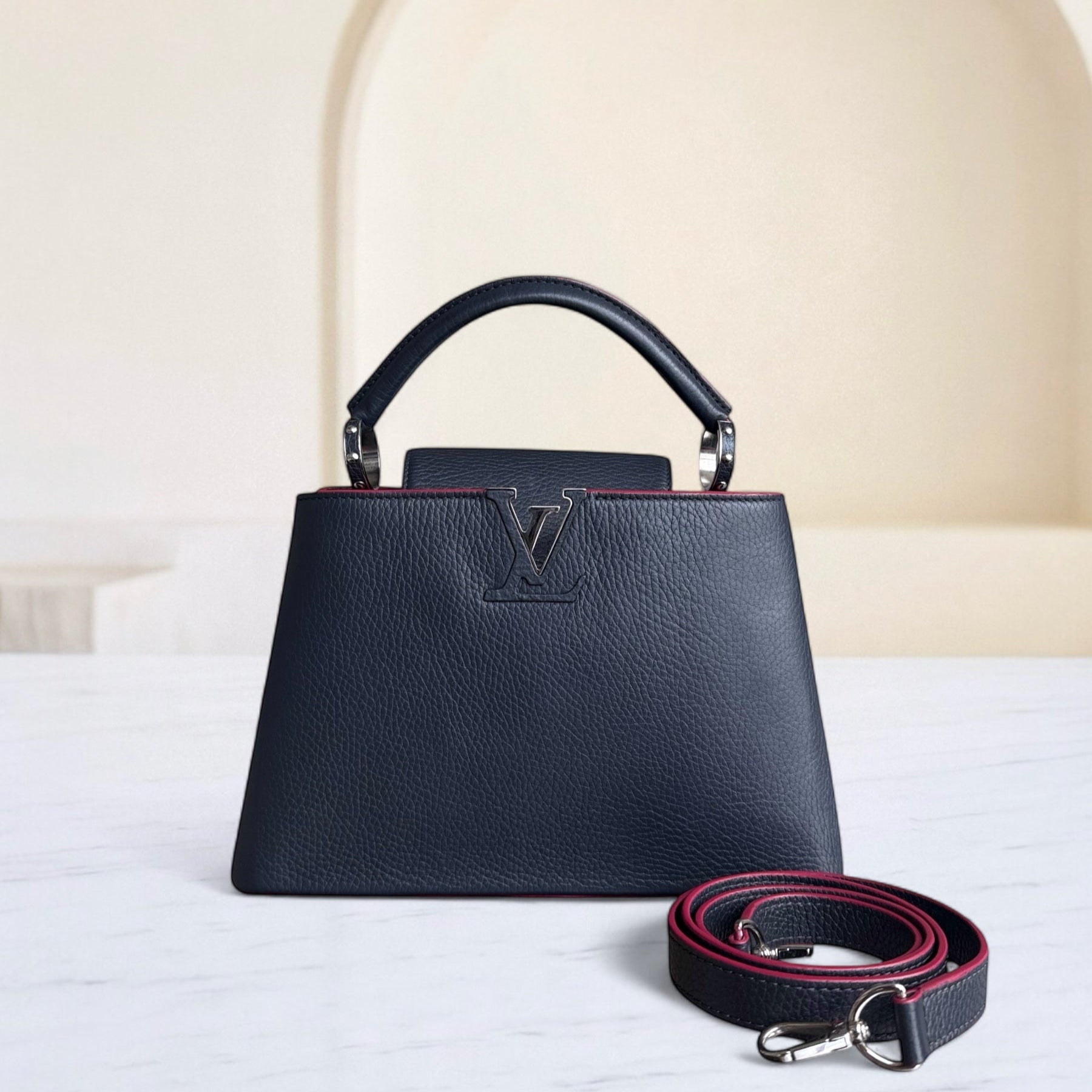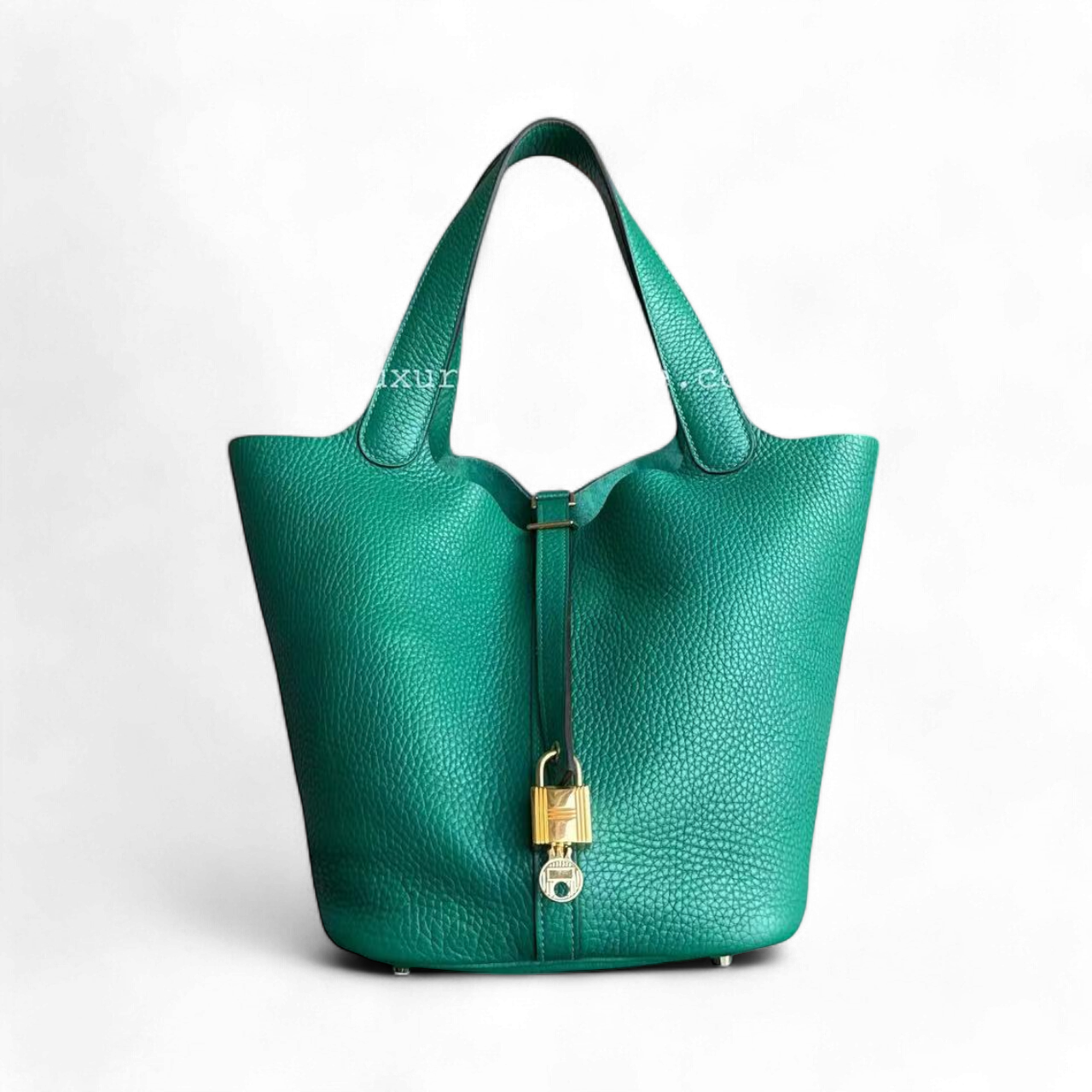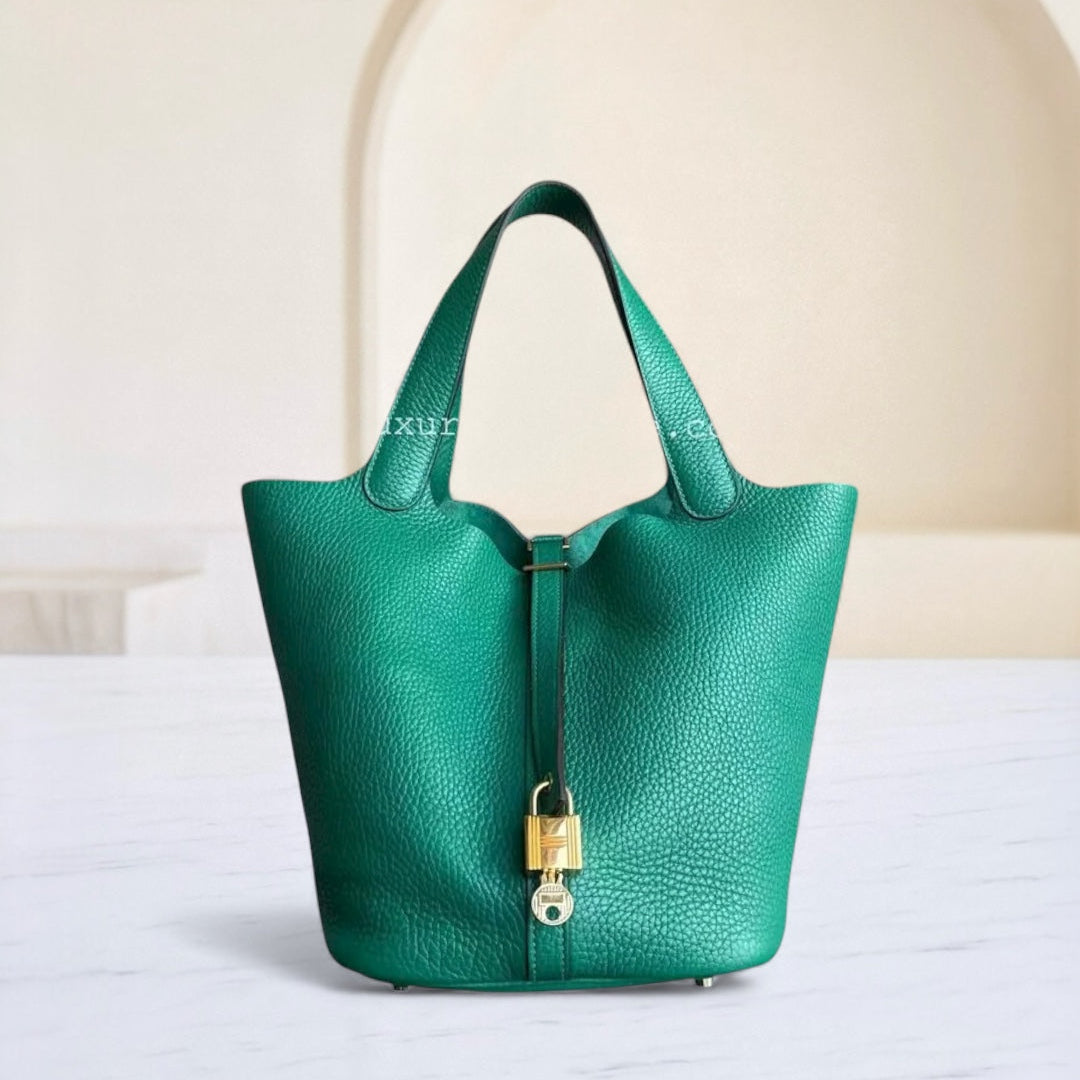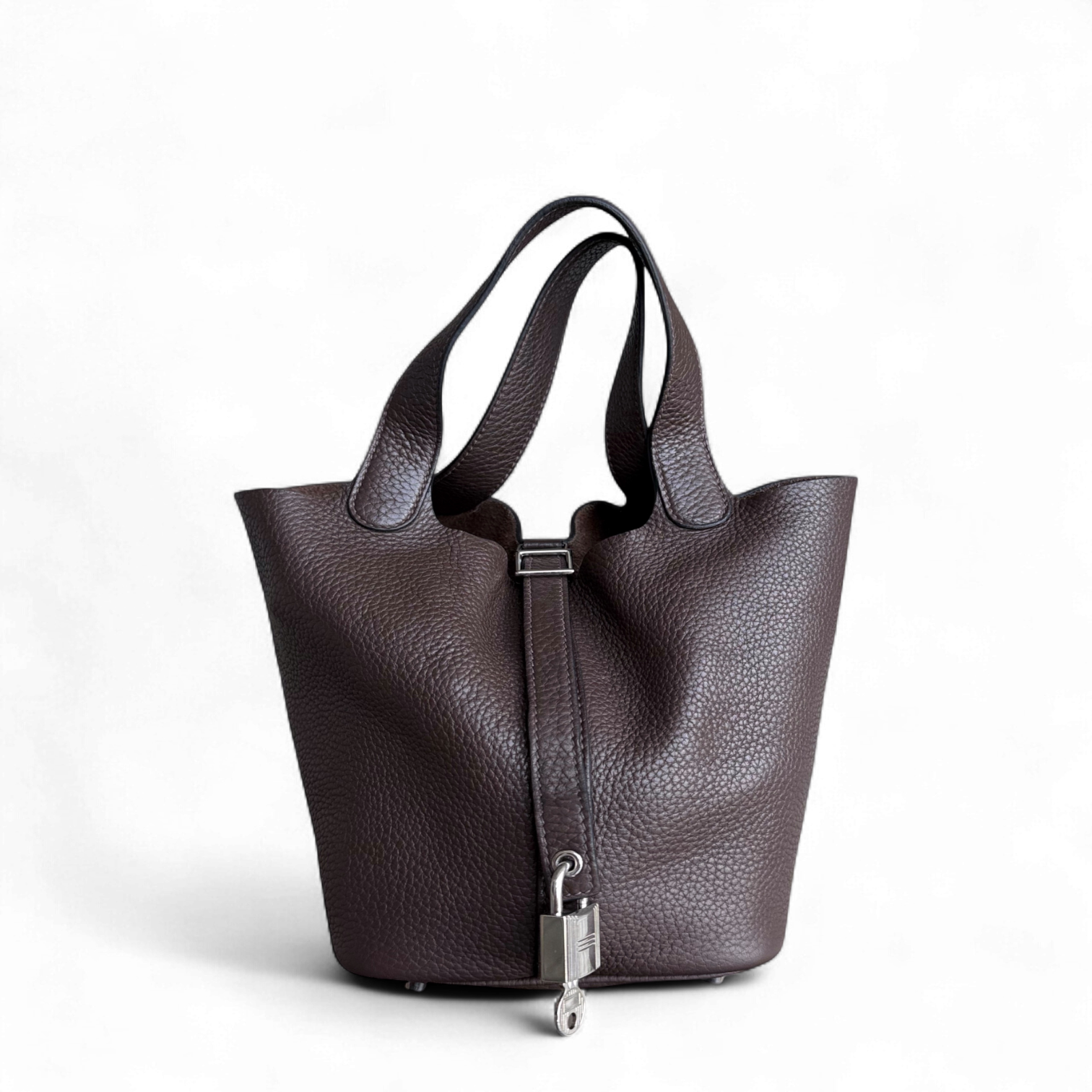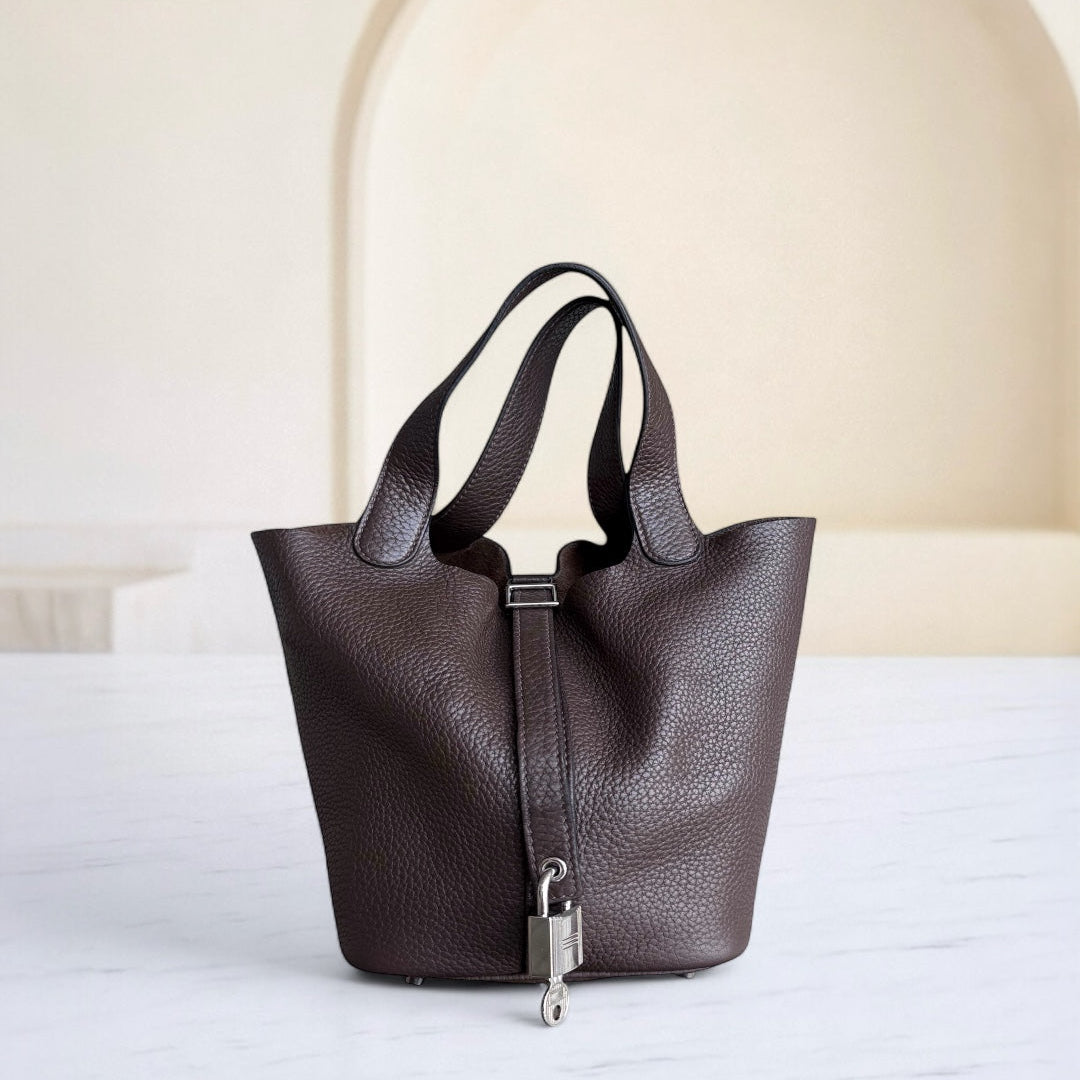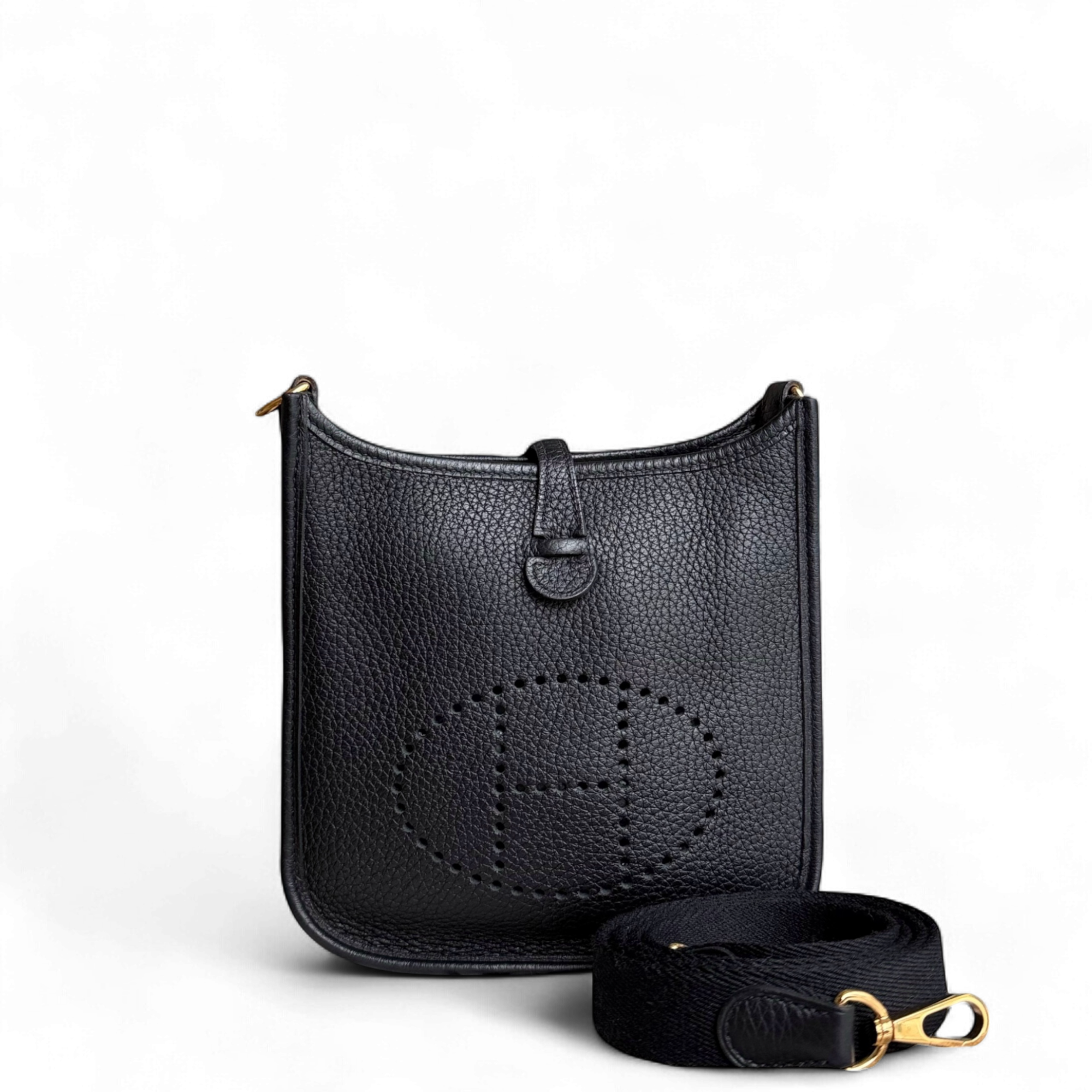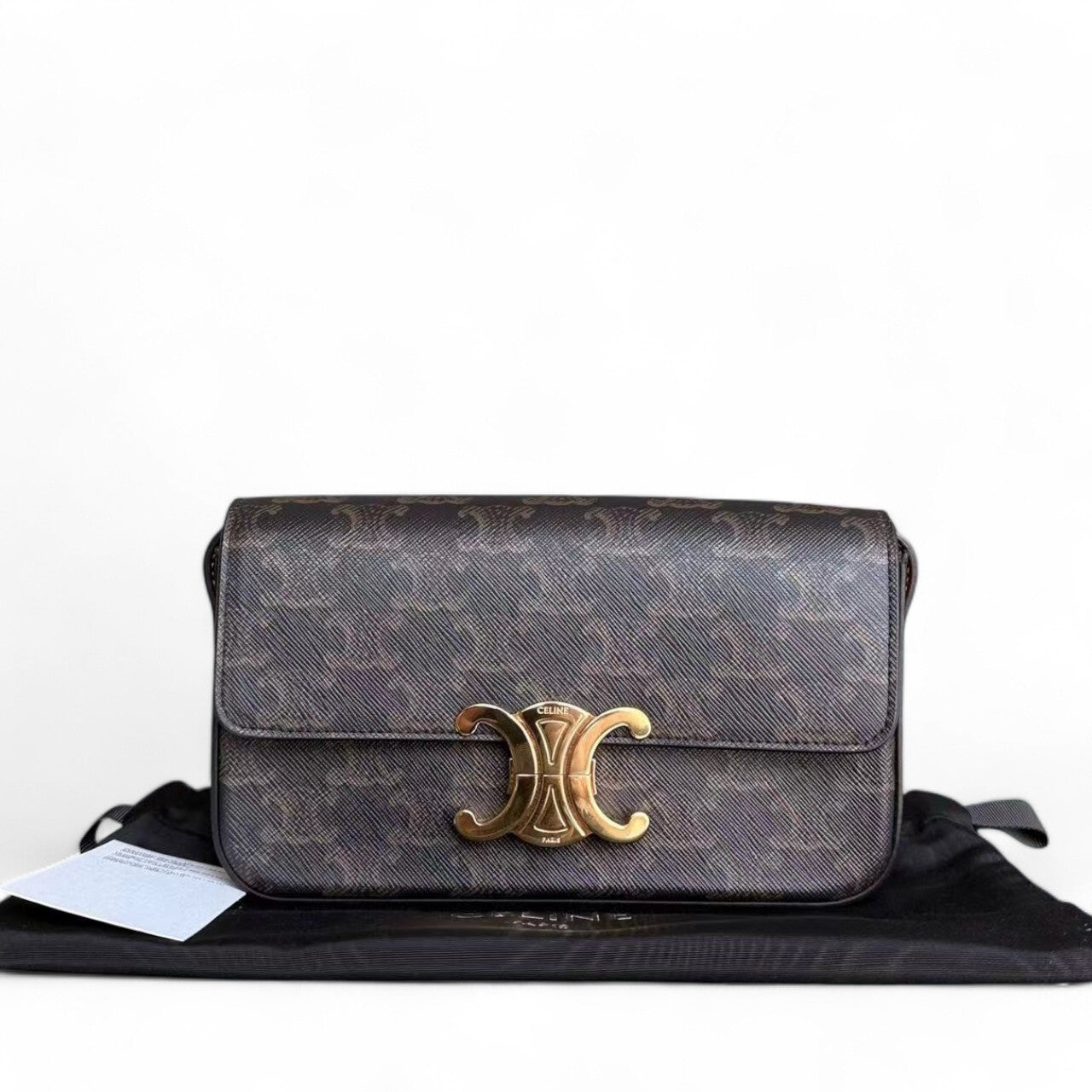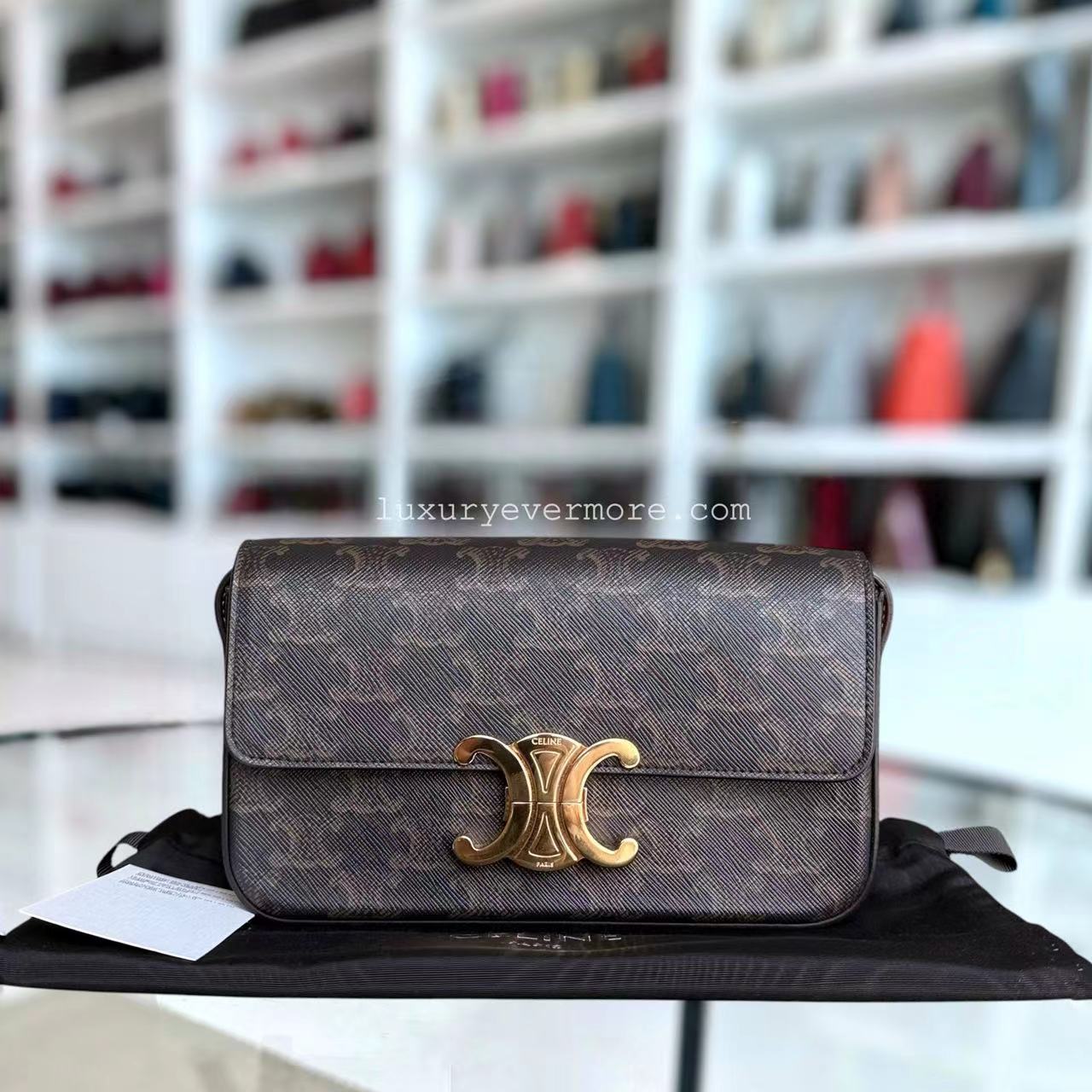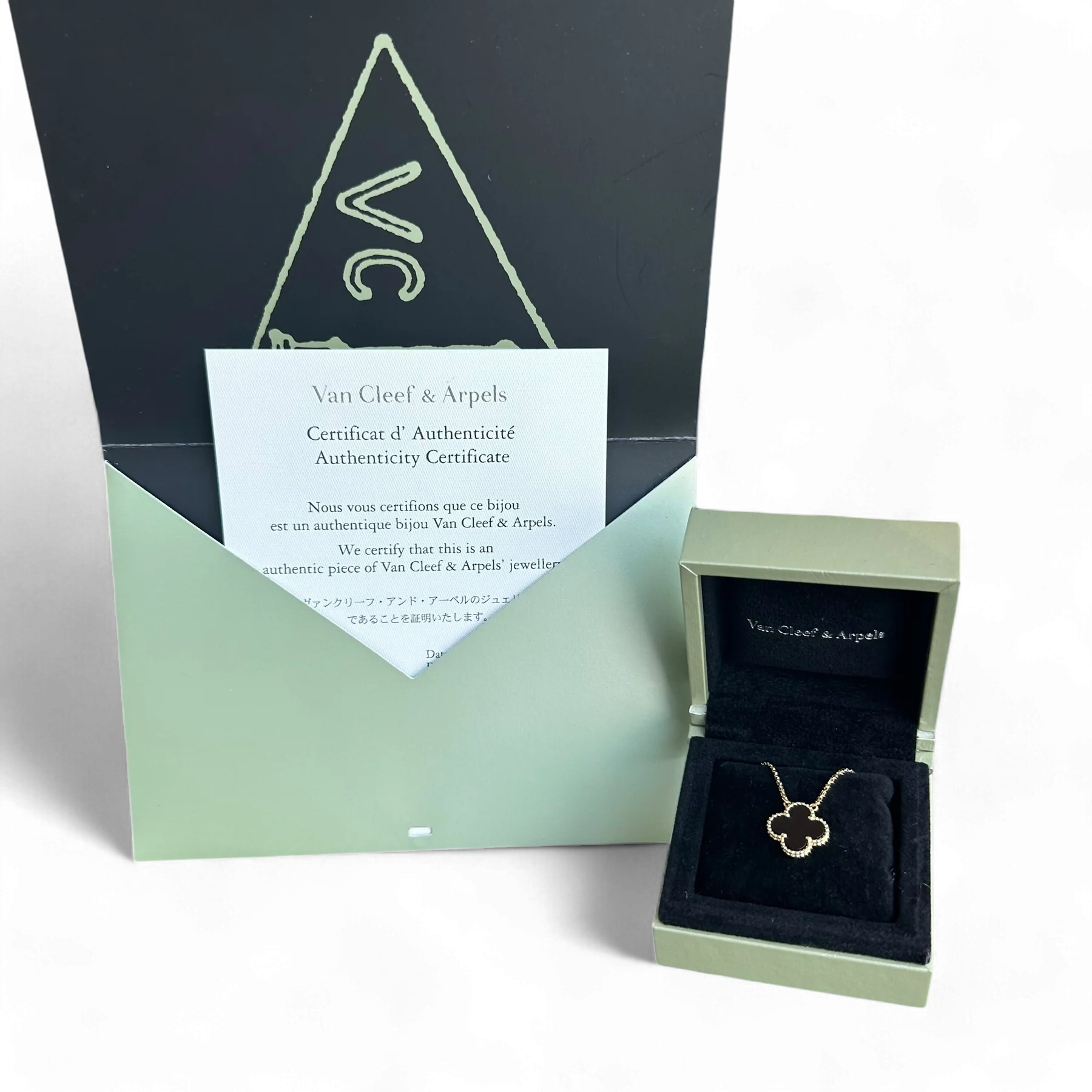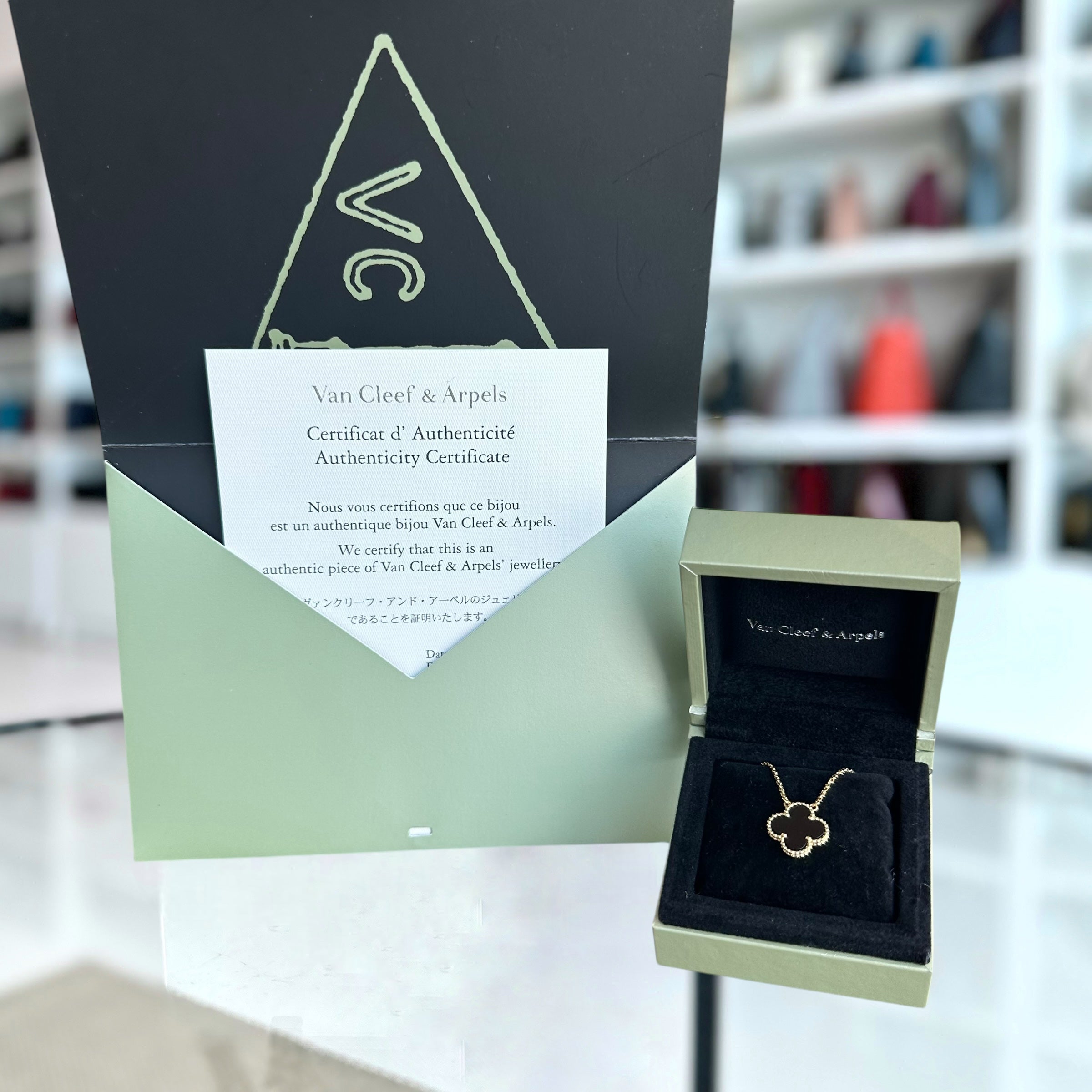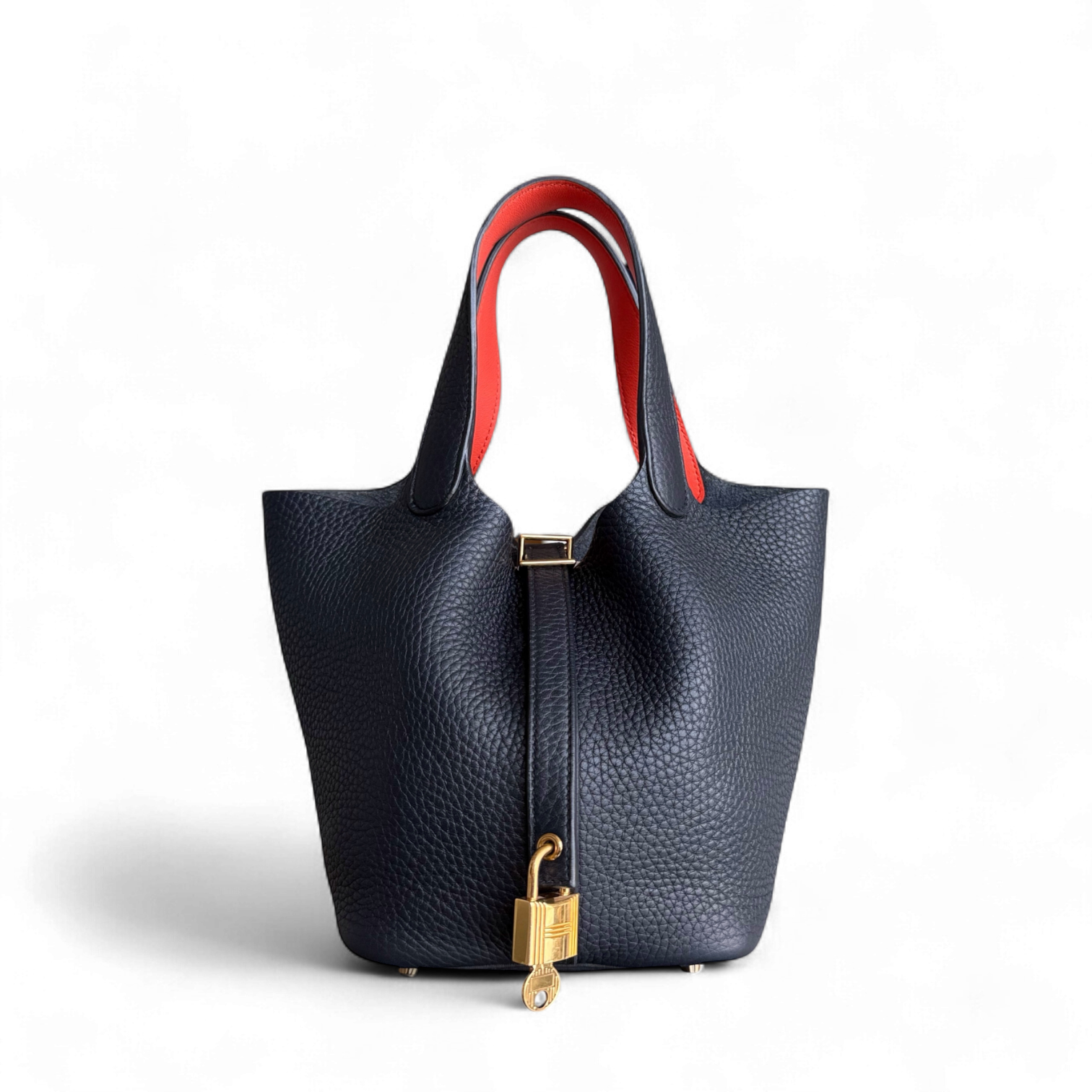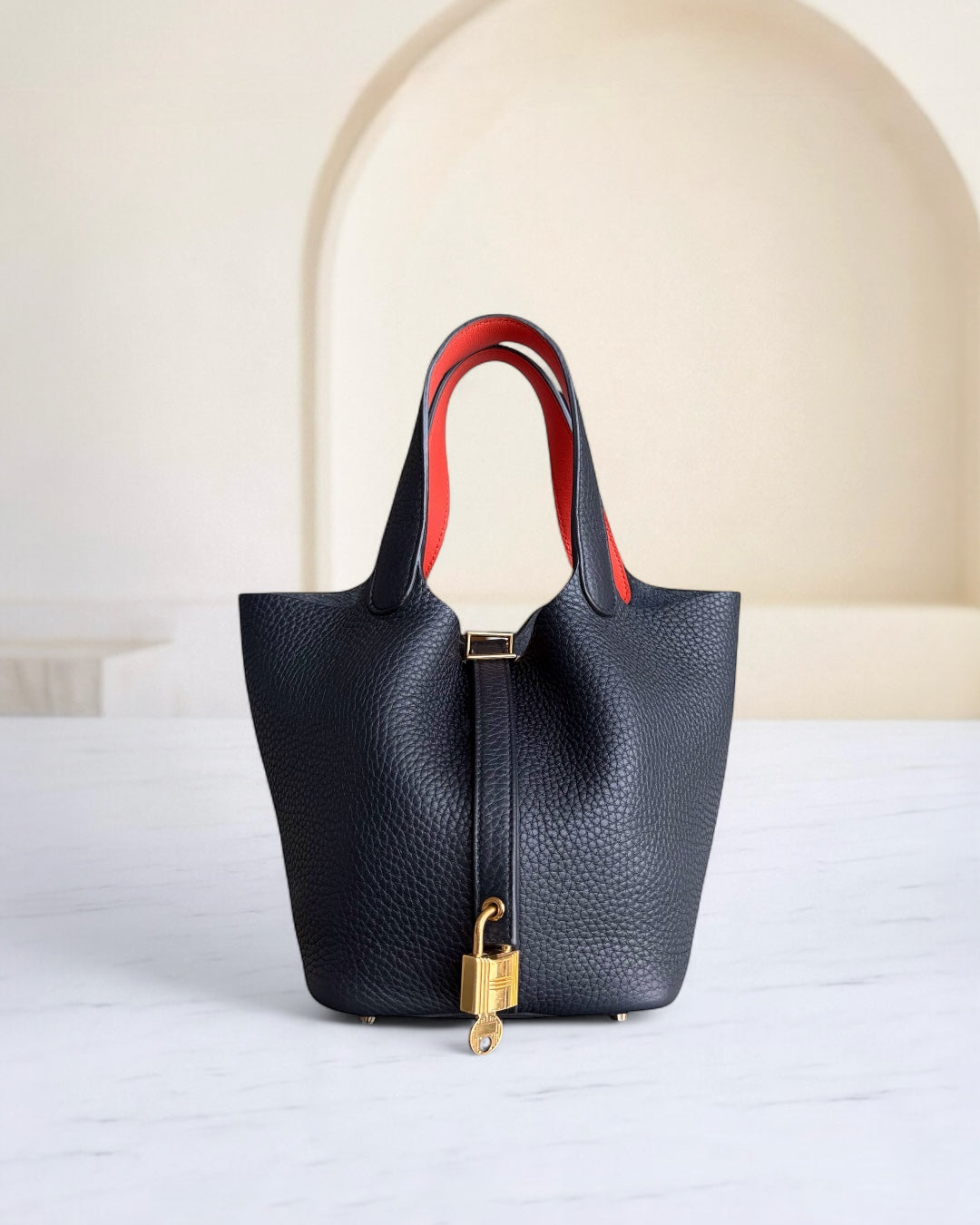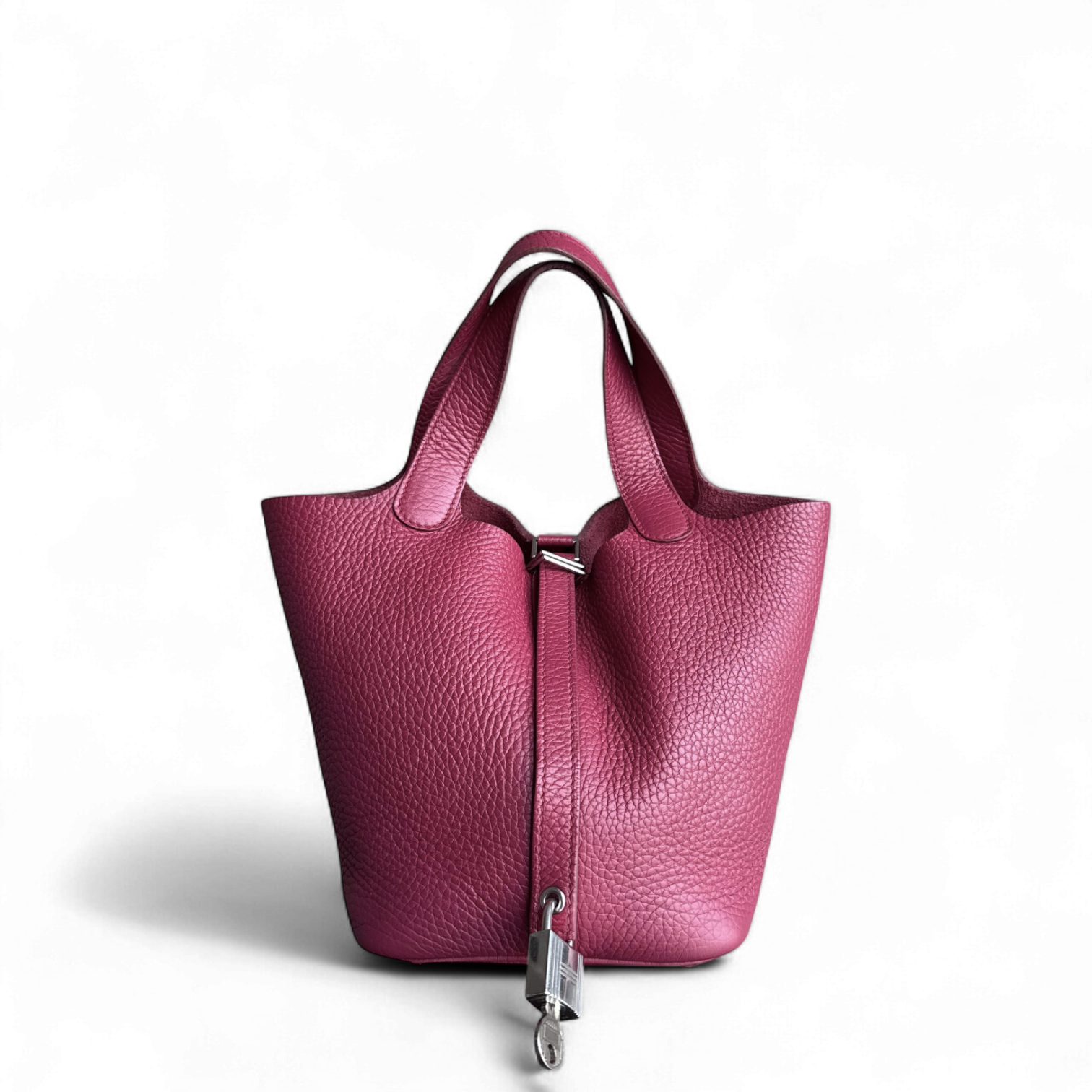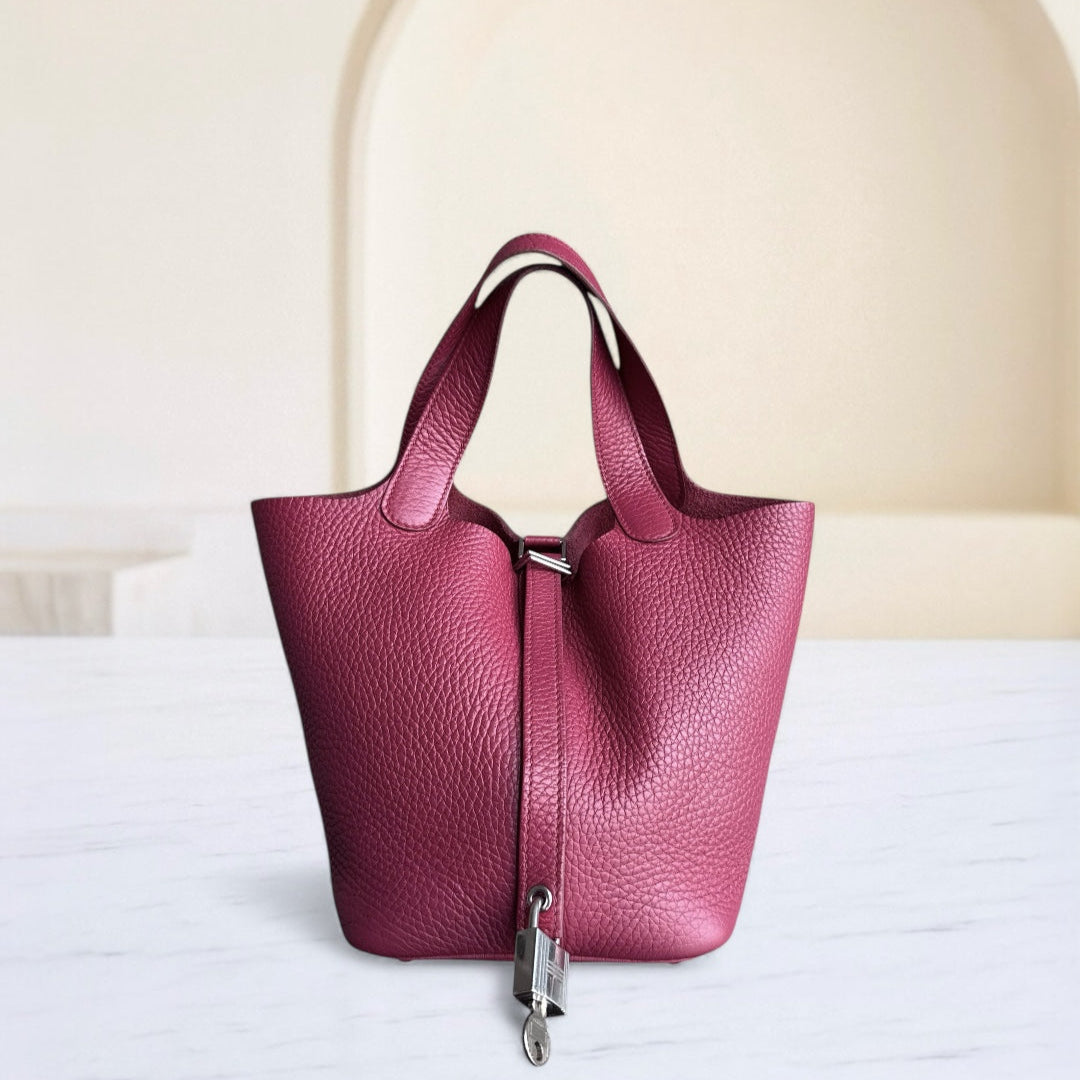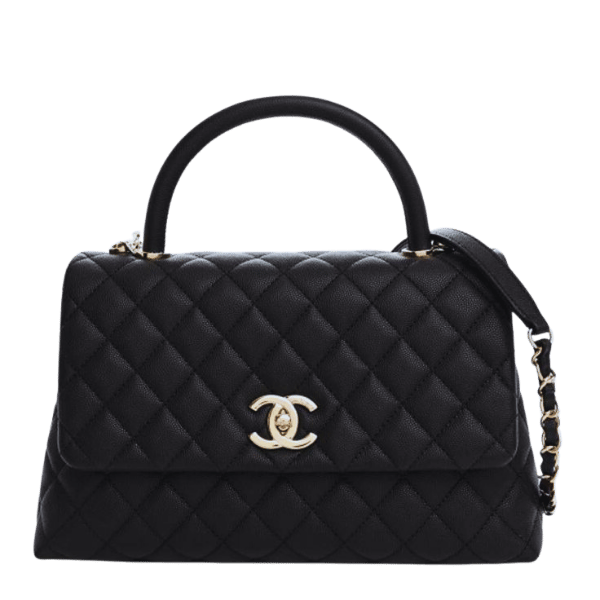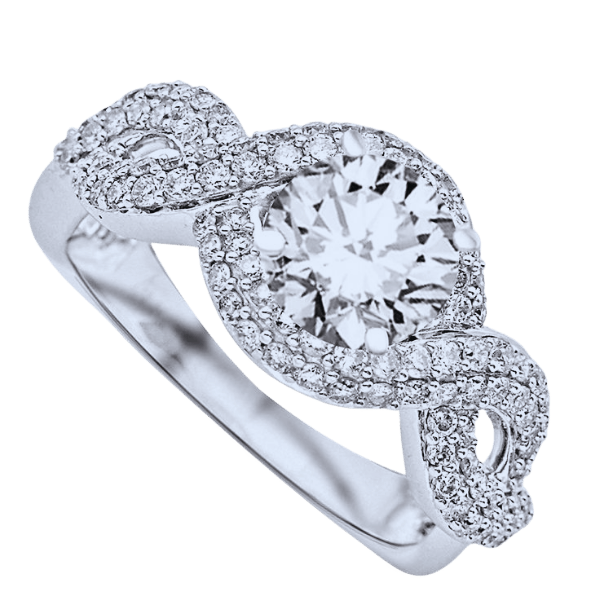Unlocking the Secrets: How Much Are Emeralds Worth?
Emeralds have certainly come a long way from their vibrant green colors and rich history, which makes them one of the most cherished gemstones worldwide. But still, how do you measure their actual value? For a beginner, a passionate collector, or even a person wanting to invest in fine gemstones, it is vital to know what matters about an emerald's value, especially the qualities of emeralds from Colombia. In this piece, you will learn how to evaluate emeralds by addressing issues like color, clarity, cut, and other factors like their source and demand in the market. With this knowledge, you will develop an appreciation of how unique and valuable these gems are in the market and many other pragmatic ideas concerning their pricing.
What Factors Influence Emerald Value?

Emerald value and price are determined by a combination of four factors as follows:
- Color: It is the most critical metric, precisely the shade of green with an evenly distributed color, the first prize being deep and vivid greens. If the color is too dark or light, it may reduce the value significantly.
- Clarity: Although minor inclusions known as “Jardin” are normal in emeralds, excessive or visible inclusions heavily lower the desirability and increase the price.
- Cut: During a high-standard emerald cut, its color brilliance and concealment of visible inclusions are well controlled. If poorly cut, it decreases the appeal.
- Origin: Famous emeralds from countries like Colombia, Zambian, and Brazil are commonly more expensive because those countries have a reputation for having better quality stones.
These concepts collectively determine an emerald’s rarity appeal and market price.
Why Do Emerald Colors Vary?
Chemicals and trace elements affect the differing colors of an emerald. The most significant factors are the presence of chromium, vanadium, and iron within the crystal framework. Chromium and vanadium are responsible for the deep green shades, while iron produces bluish or yellowish tones. The changes in these elements and the geology of the stone explain the numerous colors of emeralds found across the globe.
How Does Clarity Affect Emerald Price?
As previously mentioned, the price of an emerald is directly influenced by its clarity, which describes the stone’s transparency and the presence of inclusions, often called the emerald's "jardin." The world's cut emeralds are notably rarer and more valuable, especially those sourced from the cut emeralds, as they have higher clarity. Such natural inclusions are typically deemed to be part of an emerald's charm. Particularly, the more profound and brilliant the color of the emerald, the more value it can be sold for, depending on the inclusions and their quality.
What Is the Impact of Inclusions on Value?
An emerald's value is affected by inclusions quite a bit. While inclusions are typical and frequently regarded as a part of the gemstone’s makeup, they may hinder clarity, brilliance, and color contrast. In emeralds, those that have lesser and more opaque inclusions are rarer and hence, more valuable. Suppose the inclusions do not interfere with the vivid green color or the overall aesthetics of the stone. In that case, its market value may be very low, particularly for quality emeralds from Colombia. The overriding factor is the interplay between inclusions and color quality.
How Does the Emerald Price per Carat Compare to Other Gems?

What Role Does Carat Weight Play in Emerald Pricing?
The price of an emerald increases dramatically with its carat weight as it becomes much more difficult to find more enormous emeralds than smaller ones. This makes larger stones much more expensive per carat, increasing exponentially. For instance, a five-carat emerald will cost far more per carat than a one-carat emerald, assuming both are similar. Though carat weight is crucial, an emerald’s value is also affected by its color, clarity, cut quality, and market demand.
How Do Emeralds Compare to Diamonds?
It is important to remember that emeralds and diamonds differ in how they are formed, their market value, and their rarity. Emeralds are known for their bright green color, which is caused by trace amounts of vanadium and chromium. They belong to the beryl mineral family. Conversely, diamonds are formed from carbon and crystallize due to extreme pressure and heat. When it comes to hardness, diamonds win as they are a ten on the Mohs scale. Emeralds fall behind at a score of 7.5 to 8 because they tend to have scratches and chips.
While from an economic standpoint, diamonds tend to be abundant and more monopolized, making them easier to sell and their prices more stable, exceptionally high-quality emeralds can easily surpass diamonds due to their price per carat in the context of rarity and demand. Exceptional emeralds with intense green color and low inclusions are highly sought after, even though inclusions, which are often called “jardin,” are much more accepted in emeralds than in diamonds. Furthermore, the more fragile nature of emeralds also means that adornment has to be done with great care, which increases their value and artistry, especially in the context of the world’s cut emeralds. Both gemstones have their significance in cultural contexts and mythology, diamonds are said to represent commitment and timelessness, emeralds on the other hand are associated with growth, renewal and luxury.
Is Emerald Color an Indicator of Quality?

What Are the Different Emerald Colours?
Emeralds are cherished for their green color. However, the shade's hue, tone, and saturation may shift greatly affecting the gemstone’s quality and price. The highest quality emeralds have rich, vivid bluish-green color evenly spread in the stone. These emeralds are most commonly found in prized locations such as Colombia's Muzo and Chivor mines.
Emeralds may also be found in shades of light to dark green. Light emeralds can appear like green beryl, while overly dark emeralds lose much of their beauty. The emerald's appearance can be modified with undertones such as yellow or blue. For instance, emeralds with a yellowish-green hue are less desirable than those with deep green or bluish-green color.
The saturation of an emerald - the coloration’s intensity - is also significant. Those who are highly saturated are regarded as better and more expensive on the market. The Tone - the degree of lightness and darkness of the green – is also fundamental. If the emerald is not darker, it could appear too pale and not rich enough, but it could look too dark and lack depth.
Emeralds from particular locations have distinct features that set them apart. Colombian emeralds have deep greens, which are stunning. Zambian emeralds possess slightly bluish-green colors and are more apparent, and light green Brazillian emeralds are common. The place where the emerald is mined impacts the quality and color of the gem, which many elites and collectors admire.
How Do Emerald Tones Influence Value?
Emerald tones significantly affect their value, and as a result, the richer and more vivid the green is, the more it will be prized. Emeralds have the most variety when their tones are neutral, neither too dark nor too light. Certain subtle variations, especially bluish-green undertones, can affect the desirability of the stone or keep the clarity at the needed level. To sum it all up, an emerald value is determined based on how pure and intense the green is, along with the favorable tone, and all of the given factors are restricted by the need to have clarity.
Are Synthetic Emeralds as Valuable as Natural Emeralds?

How Are Synthetic Emeralds Produced?
Just like their natural counterparts, synthetic emeralds are created in a laboratory using technology replicating nature’s emerald creation process. Two methods that can be used individually or combined are hydrothermal synthesis and flux growth.
Mimicking the high-pressure, hot temperatures of the Earth’s crust, nutrients like beryllium, aluminum, and silicon are put into a sealed chamber, heated to extreme temperatures, and left for weeks or even months. This method captures the color and clarity of natural emeralds epic. This method is called the hydrothermal process.
The necessary chemical components are dissolved into a molten gel that acts as a crystal-forming solvent. If this crystal is cooled slowly, it can produce emeralds with fewer inclusions than hydrothermal ones. This is called flux growth.
Emeralds created in a lab are gaining traction because of their affordability, environmental friendliness, and controlled quality. Although these man-made gemstones are known to be lower in value than natural emeralds, they still possess the same unmatched beauty. When observed under a microscope, these emeralds show unique growth patterns and the shift of the flux residue to hydrothermal indicators, making them easy to distinguish from natural emeralds.
What Are the Differences between Synthetic and Natural Emeralds?
The primary distinguishing features that set apart natural and synthetic emeralds are the inclusions, origin, and cost, with emeralds from Colombia being the most sought after. Throughout millions of years, unique geologic processes, inclusions, and irregularities have been formed that natural emeralds intricately possess. In contrast, emeralds from laboratories have logically superior inclusions and are created using consistent hydrothermal synthesis or flux growth methods, making them easy to control.
Price is always important when considering synthetic emeralds, as they tend to be cheaper due to their ease of production. In contrast, natural emeralds fetch a high market price owing to their rarity and the intensive mining they undergo. Additionally, by examining residues from the creation process and specific growth patterns, one can distinguish between natural and synthetic emeralds. Regardless of their status, both offer aesthetic beauty but cater to varying preferences and market demands.
How to Evaluate an Emerald Before Purchase?

What Should You Look for in Emerald Jewelry?
While appraising emerald jewelry, I put color, clarity, and cut at the top of the list. An evenly distributed, lively green color is what I consider a hallmark of high-quality emeralds. I also consider some of the inclusions, which, in essence, lowers the clarity grade, but too many inclusions do tend to break the emerald's durability. Lastly, the assessment of the cut is done with criteria where my style has to meet the natural beauty of the stone in addition to the architecture of the cut, enabling the stone to show off its brilliance.
How to Spot High-Quality Emeralds?
When trying to identify the world's finest emeralds, pay attention to these features:
- Color: The best emeralds exhibit rich and even colors that are neither light nor dark. Aim for a deep green color with appropriate saturation.
- Clarity: Look for inclusions, as they are a given, but be cautious that they do not overly compromise the stone's visibility and integrity. This could bring down its price per carat. Avoid emeralds that have severe surface-reaching cracks.
- Cut: The craftsman's skill is shown in how well the cut exposes the gem to light. A good cut reveals the stone's symmetry and brilliance. It should also encourage an emerald's natural beauty.
- Origin(Optional): Higher quality emeralds are often associated with some origin, as is the case with Colombian emeralds, so, depending on preference, consider the stone’s source.
Lastly, emerald cutters are known to be undemocratic, so be sure to ask for a certificate from the Gemological Institute confirming the stone's grade and value.
Frequently Asked Questions (FAQs)
Q: What factors determine the emerald cost?
A: Firstly, color, clarity, cut, and carat weight play a vital role in the pricing of emeralds; Colombian emeralds, which have a greenish tint, tend to be more expensive. Inclusions, emerald cut features, and gemstone treatment or lack thereof also serve a key purpose in an emerald's cost.
Q: Do untreated emeralds cost less or more than treated ones?
A: Compared with emeralds, which undergo treatment, untreated emeralds, especially those from Colombian mines, are harder to come by and are, therefore, more expensive. The treatment may improve the visual characteristics of the emeralds, but unsurpassed stones are more desirable within the collector community, thus adding more value to the gem business.
Q: Are Colombian emeralds more expensive than other emeralds in the world?
A: Colombian stones are among the sought-after due to their superior gem quality. Because of the Colombian rocks' captivating color and undeniable clarity, they are more expensive than emeralds found in different regions.
Q: What role does the emerald cut play in determining value?
A: The emerald cut is preferred when cutting emeralds because it showcases the gem's color and clarity. This style is especially liked for green emeralds. If the emerald cut is done well, it improves the stone's appeal and enhances its value. The cut determines the amount of light that can enter the gemstone and how the light is reflected out, which determines the quality and brilliance of the gem.
Q: What is the market estimate for emeralds price per carat?
A: The price of an emerald per carat varies with color, clarity, and region of origin. While some emeralds can be hundreds of dollars per carat, high-quality emeralds, particularly Colombian emeralds, can go for thousands.
Q: To what degree do rough emerald stones influence the total cost?
A: Rough emeralds are generally less expensive than cut and polished emeralds. Nonetheless, the cost of rough emeralds can still be high depending on their size, quality, and possibility. Gem cutters often look for these rough emeralds as they can be transformed into valuable, high-quality emeralds by cutting and polishing.
Q: What role do natural emerald companies play in the gem industry?
A: Natural emerald companies play a pivotal role in the gem industry because they certify and guarantee genuine emeralds. Their competence in marketing, procurement, evaluation, and grading enables these companies to guarantee proper purchases of emeralds through complementary resources such as price and buying guides.
Q: Are more enormous emeralds always more valuable?
A: Larger emeralds are often priced higher than smaller emeralds simply because larger stones are much rarer. Still, the value of an emerald also depends on its color, clarity, and cut. For instance, a much larger emerald of poor quality may be less valuable than a smaller emerald of superior quality.
Q: What makes the Rockefeller emerald so unique?
A: The emerald is popular among gemstone aficionados because of its history, the wealth of the owner, and their exceptional investment pieces, which are the size and quality of the stone. This is a fine emerald, and like many Colombian emeralds, it possesses extraordinary color and clarity. Its historical importance and association with the Rockefeller family make it one of the most valuable emeralds in the world.
Reference Sources
Contact Luxury Evermore should you need help with acquiring or building up your collection. There is a variety of brands with different styles, as well as sizes, and colors, for example, Hermes, Chanel, lv and Dior. If you are not lucky enough to find the bag you are looking for on our website then our concierge team will probably be able to order it for you. We provide 100% authenticity guarantee for all our bags, and any item sold on this site will be dispatched to you within one to two business days upon receipt of the payment.




